
Here are the quizzes on 🍿 Movies, choose your favorite test:


Fantastic Beasts and Where to Find Them quiz: do you know the movie?
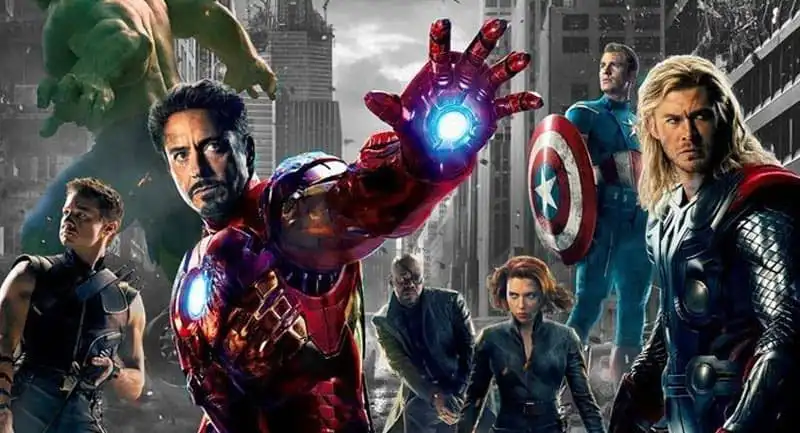
Avengers Quiz (First Movie): do you remember it? Take the Test!
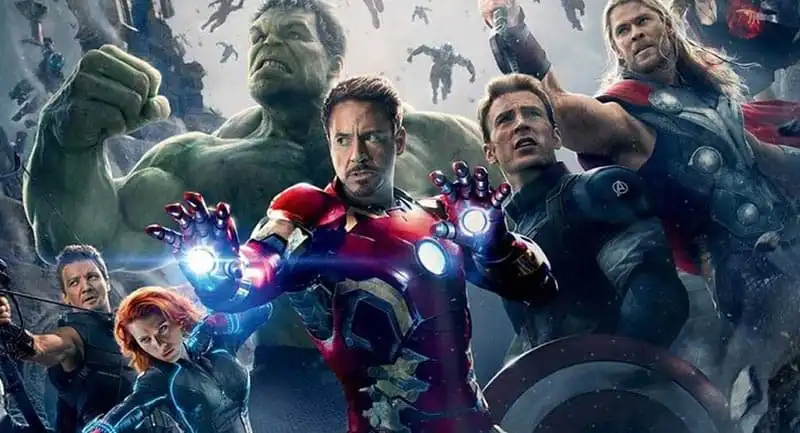
Avengers: Age of Ultron quiz. How well do you know this Avengers movie? Test yourself with the quiz!
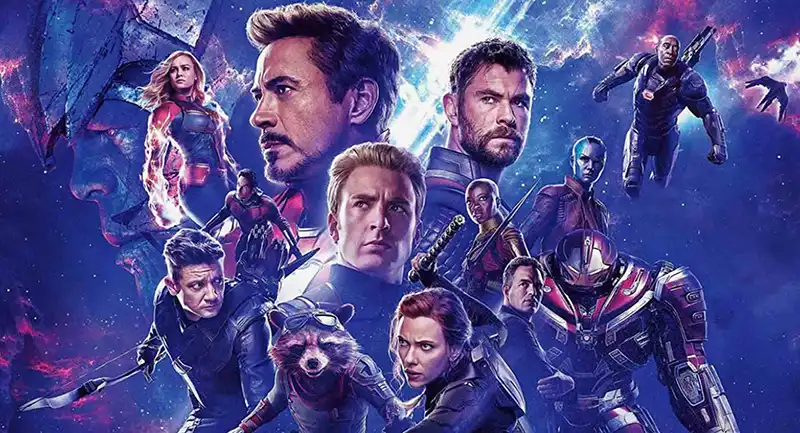
Avengers Endgame quiz: do you think you can pass it?
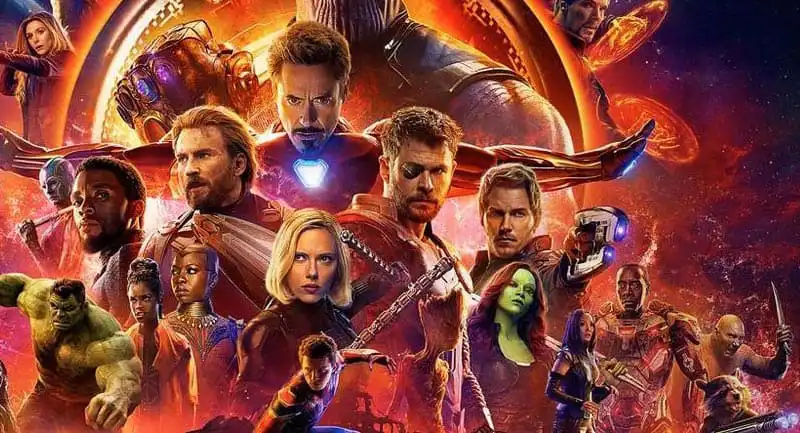
Answer the Avengers Infinity War Quiz questions and prove you're a real expert!
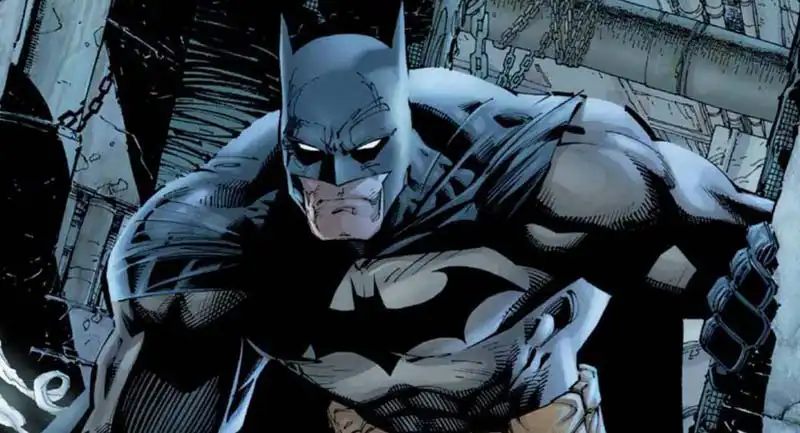
Batman Quiz: do you know all about Bruce Wayne and his secret identity?

Disney Villains Quiz: here's the Test that tests your knowledge of Disney villains! Some are are famous, but others only real experts know them! put yourself to the test!
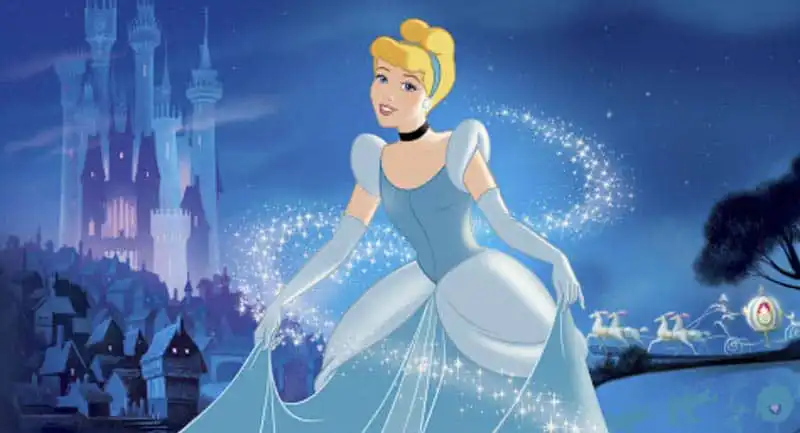
Cinderella quiz: how much do you remember? Take the Test!
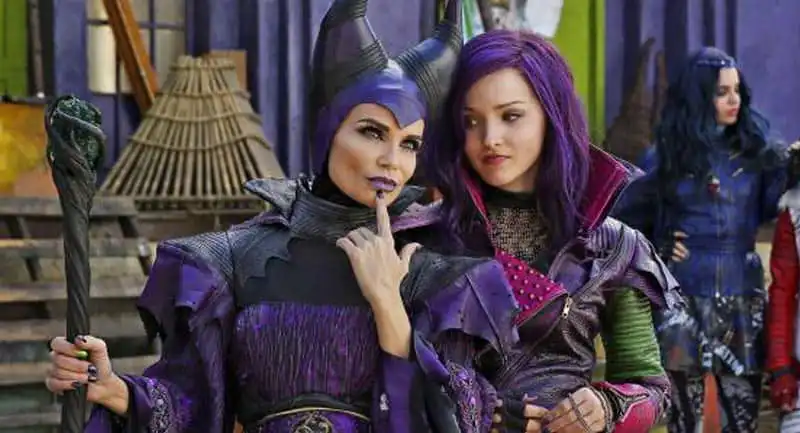
Descendants Quiz 1: How much do you know about plot and characters of the Disney movie?
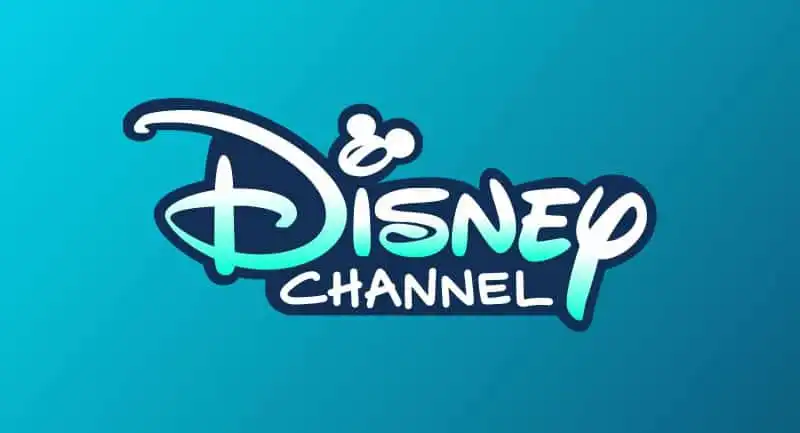
Disney Channel quiz: do you know the TV Series of the channel?
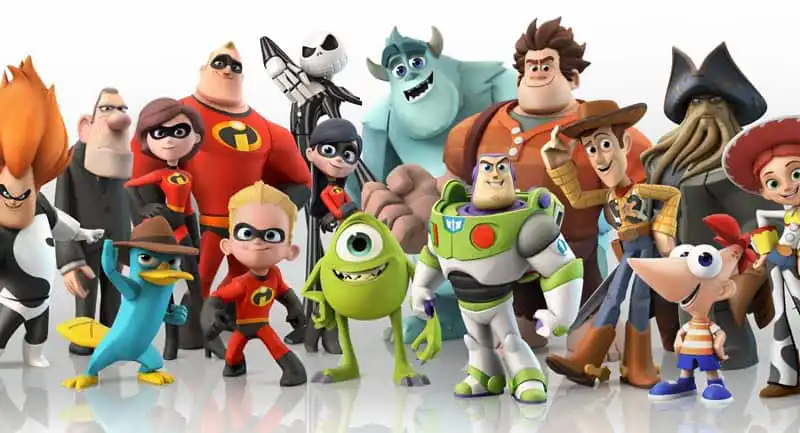
Disney Pixar Quiz: How Well Do You Know the Movies? Take the Test!
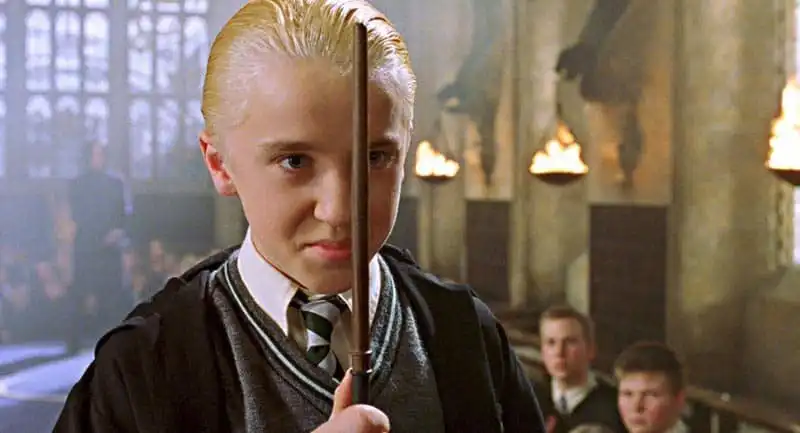
Draco Malfoy quiz: how well do you know the character?
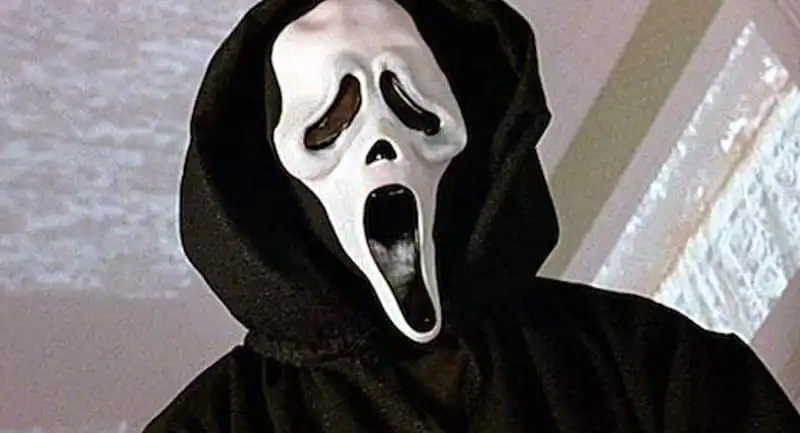
Horror Movie Quiz: do you remember the scariest characters?
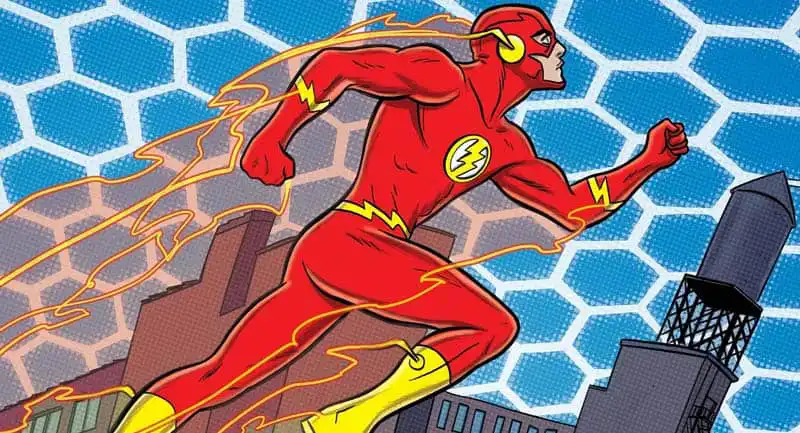
Flash Quiz: do you know everything about him? Take the Test!
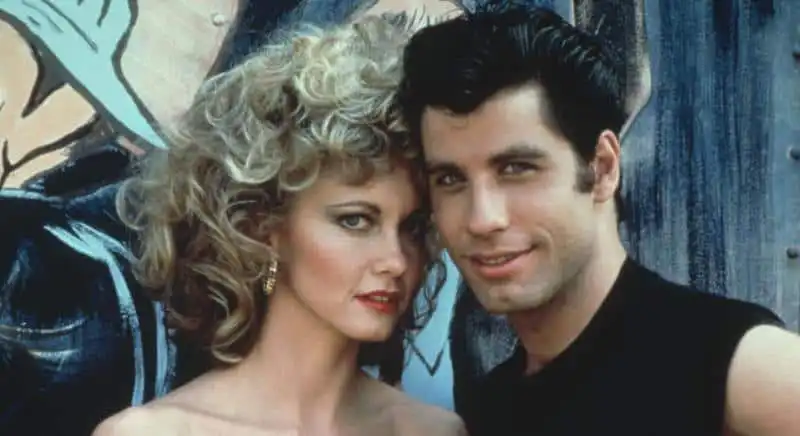
Grease Quiz: how well do you know the movie musical? Take the Test!
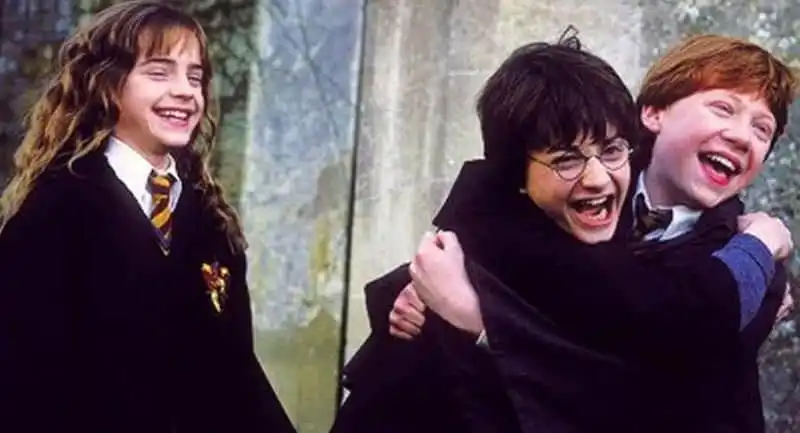
Harry Potter Friends Quiz: how well do you know them? Take Test!
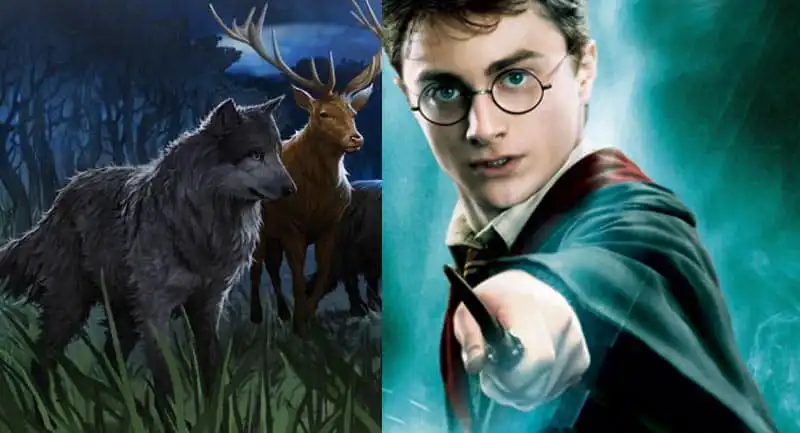
Animagus Test in Harry Potter: How Much Do You Know Take the Test!
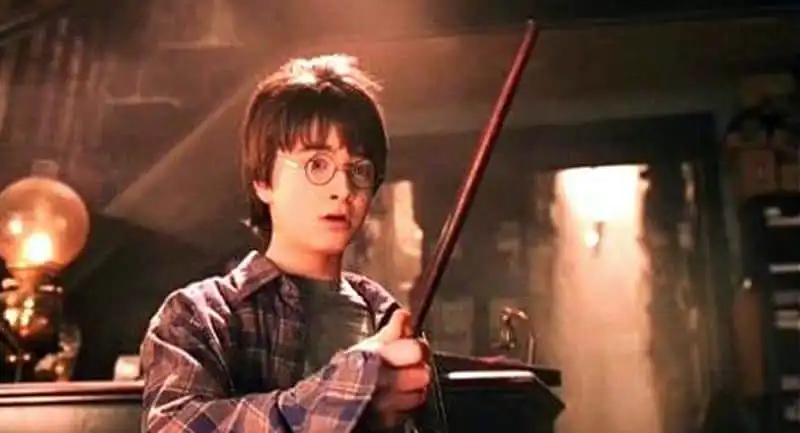
Test on Magic Wands in Harry Potter: Take the Quiz!
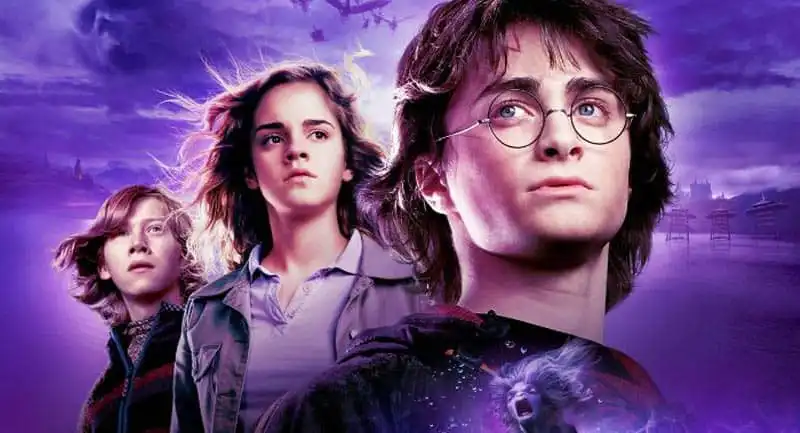
Quiz Harry Potter and The Goblet of Fire: Take the Test!
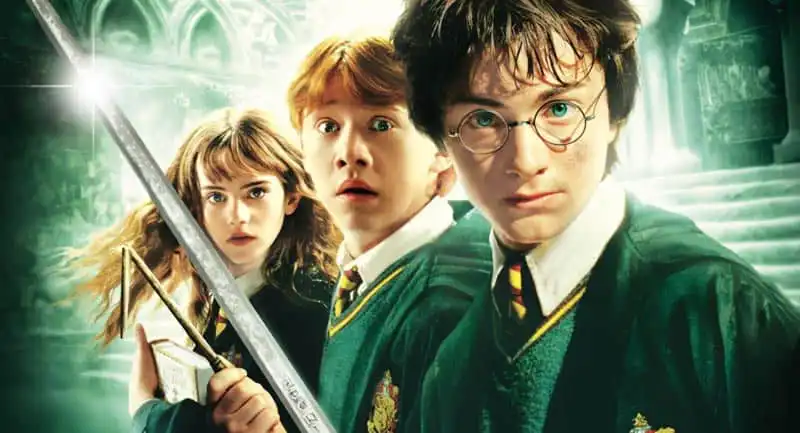
Harry Potter and the Chamber of Secrets Quiz: Take the Test!

Household Harry Potter Test: How Much Do You Know Take the Quiz!
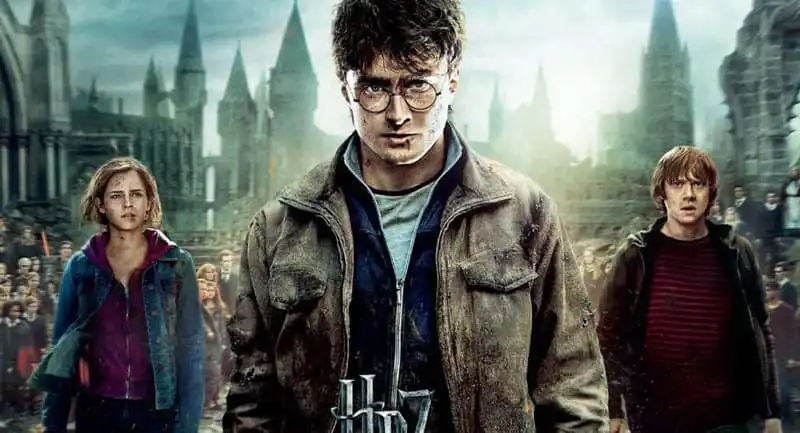
Quiz Harry Potter and the Deathly Hallows 1 and 2: Take Test!
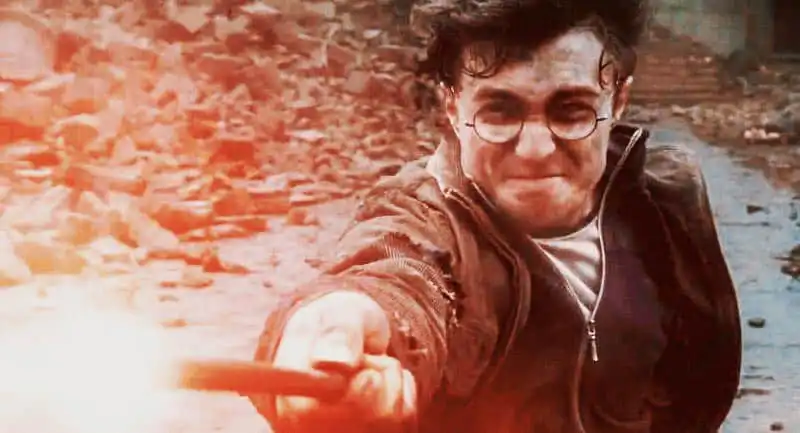
Spells quiz in Harry Potter: how well do you know them? Take Test!
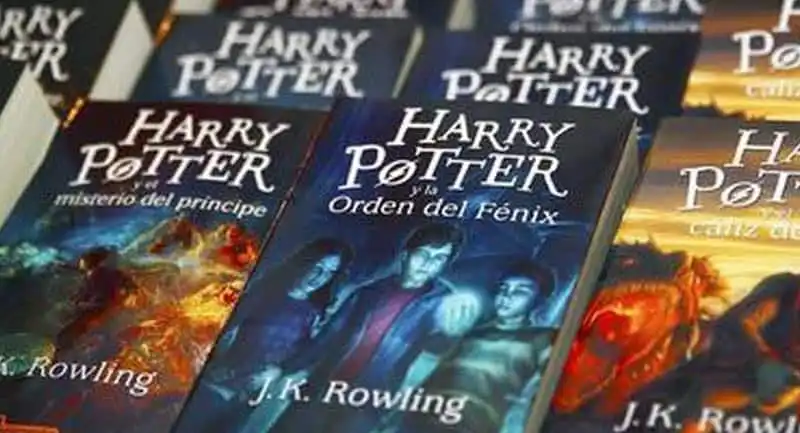
Harry Potter Books Quiz: Have you read them? Take the Test!
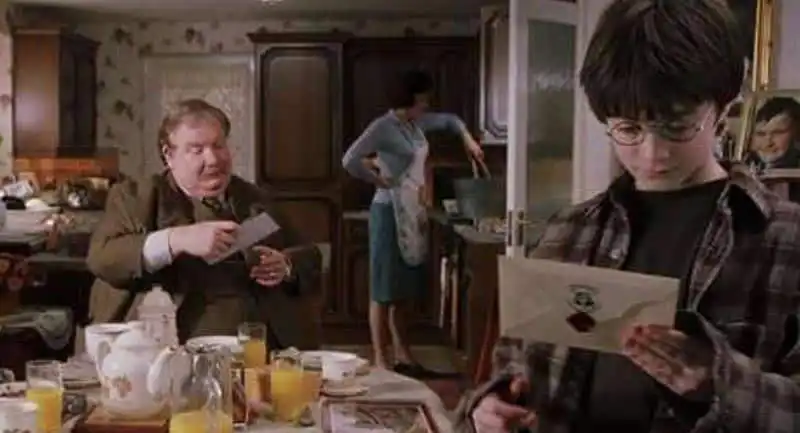
Test on Wizards and Muggles in Harry Potter: How Much Do You Know?
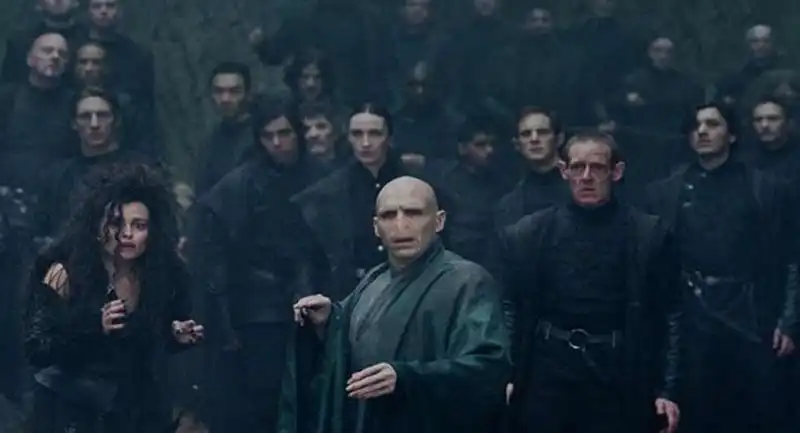
Death Eater Test in Harry Potter: are you an expert? Take the Test!
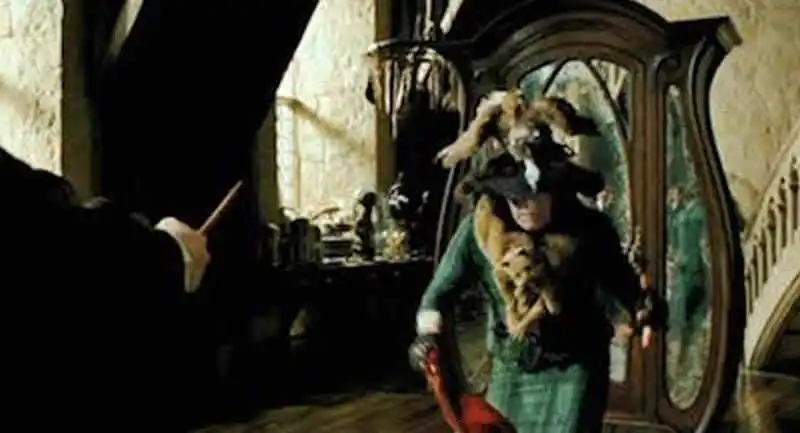
Boggart test in Harry Potter: are you an expert? Take Quiz!
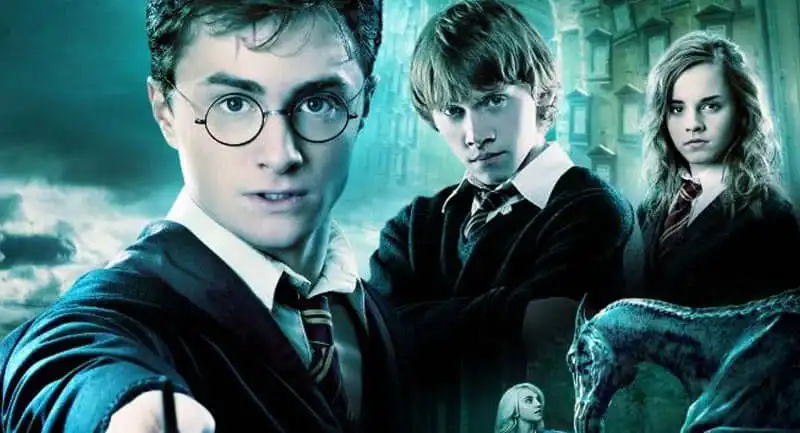
Harry Potter and the Order of the Phoenix Quiz: Take the Test!
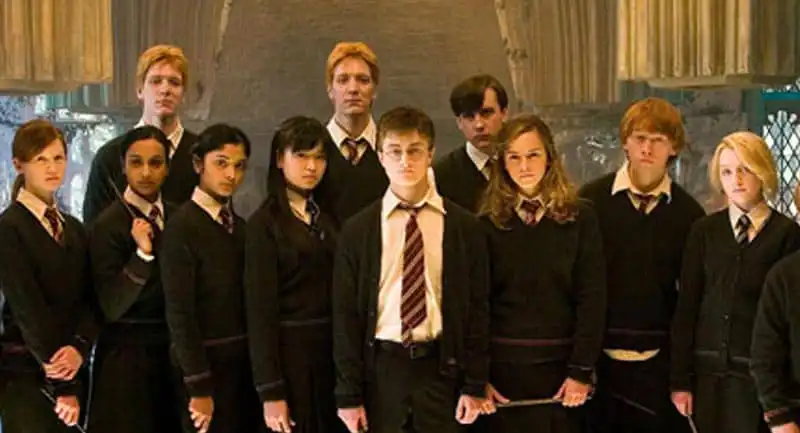
Harry Potter Characters Quiz: how well do you know them? Take the Test!
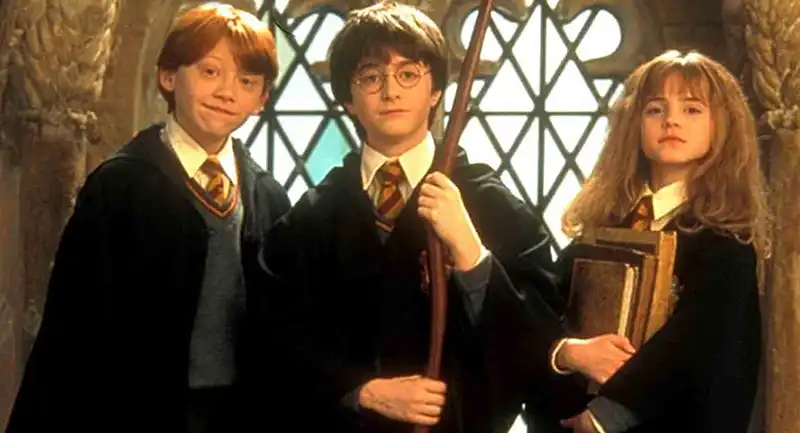
Harry Potter and the Philosopher's Stone Quiz: Take the Test!
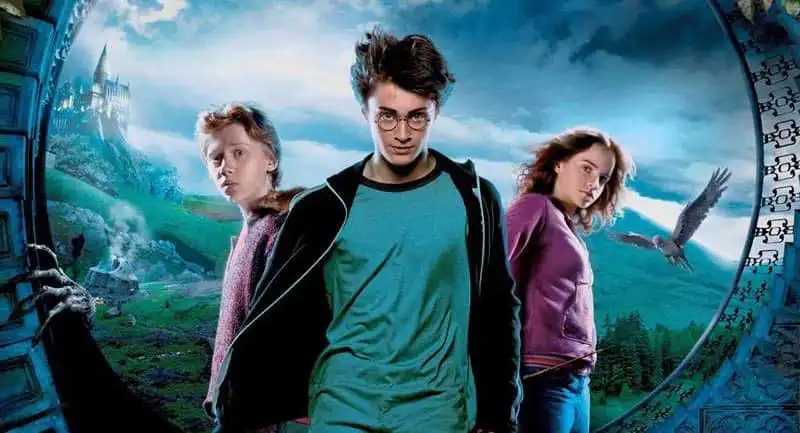
Quiz Harry Potter and the Prisoner of Azkaban: Take the Test!
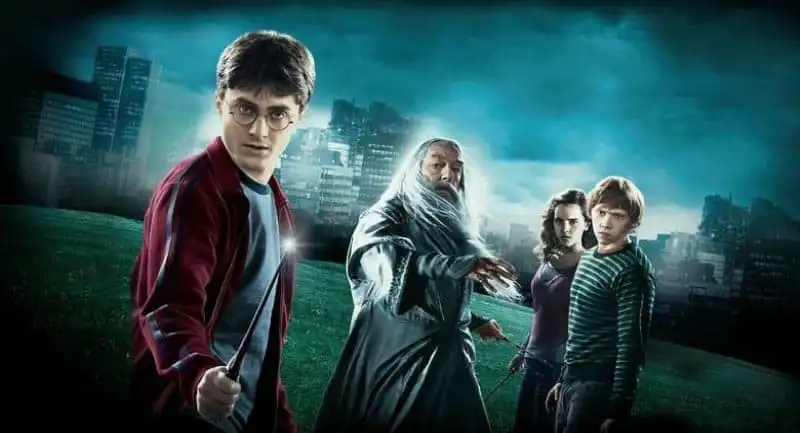
Harry Potter and the Half-Blood Prince Quiz: Take the Test!
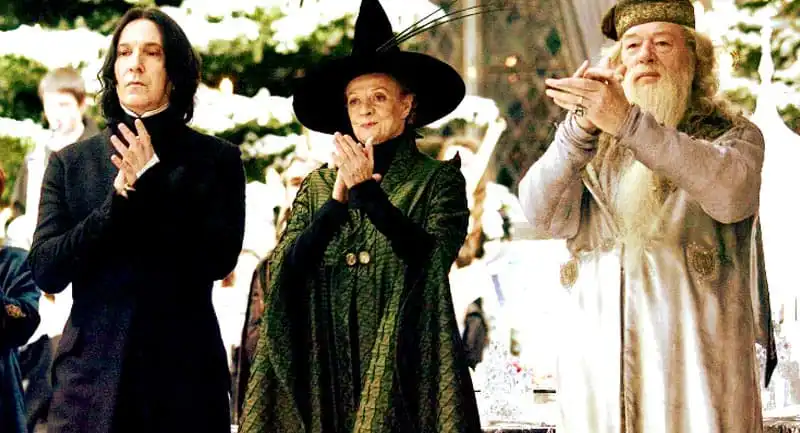
Test on the Professors in Harry Potter: how well do you know them?

Quidditch Test in Harry Potter: How Much Do You Know Take the Quiz!
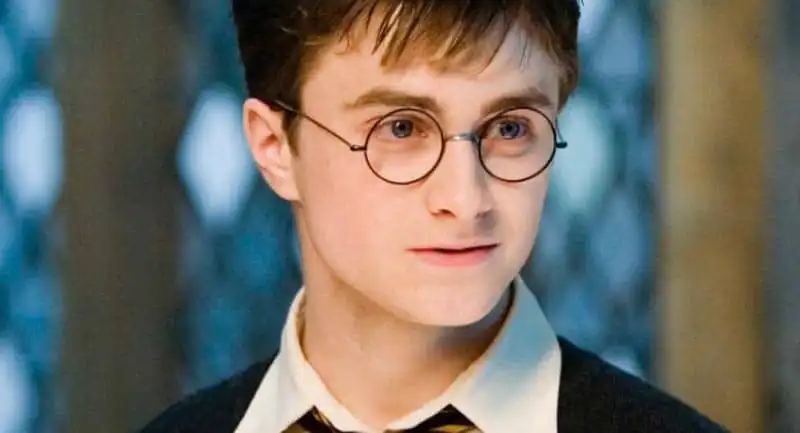
Harry Potter quiz: how well do you know the character of Harry?
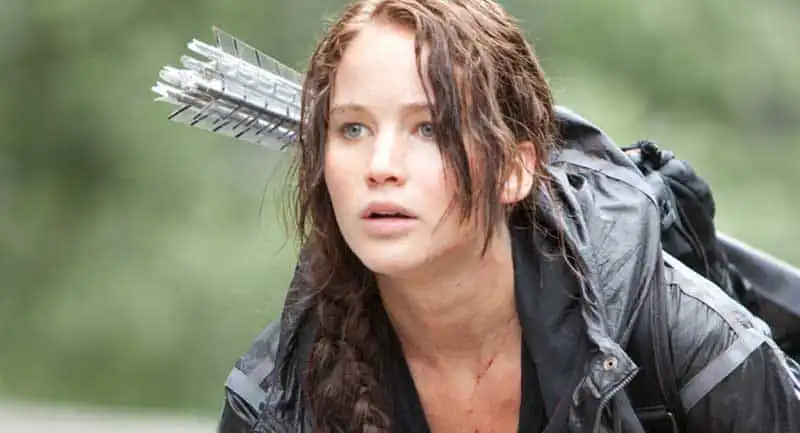
Hunger Games quiz: the test for true fans who have been following it from the beginning!

Inside Out Test: do you remember the characters and plot well?
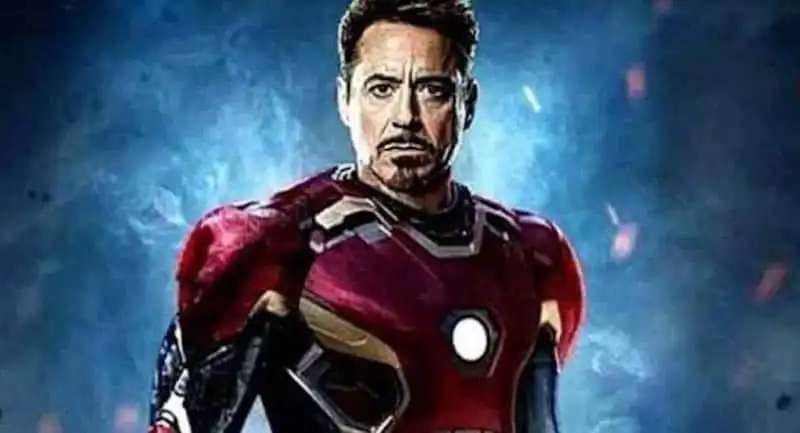
Iron Man quiz: how well do you know Tony Stark? Take Test!
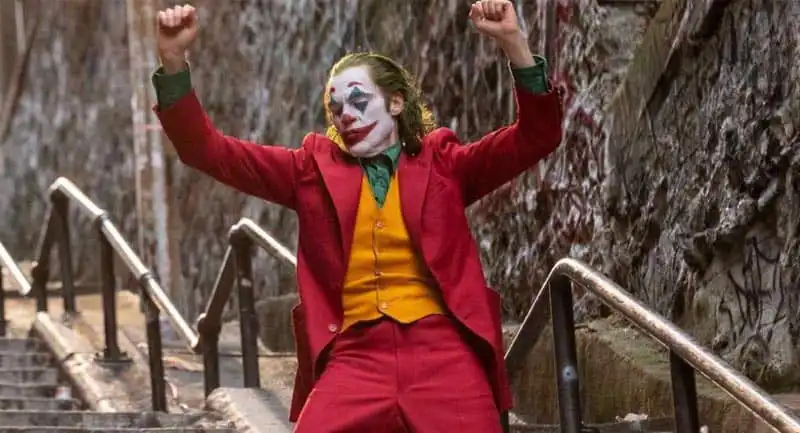
Have you seen the latest movie dedicated to Joker? This Joker quiz tests your memory!
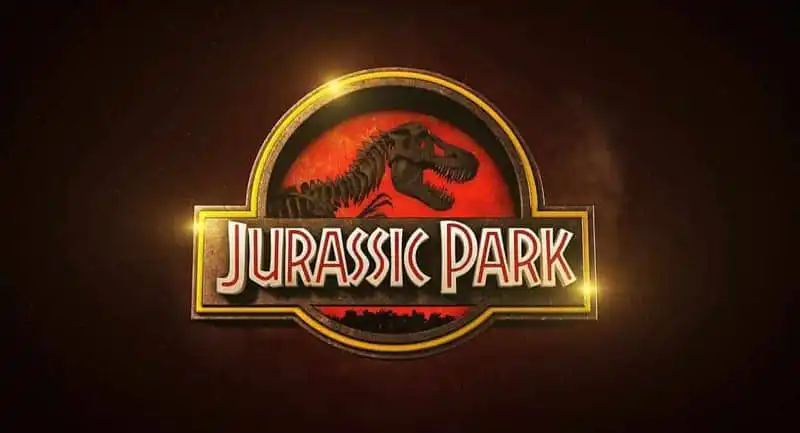
Jurassik Park Quiz: take the Test on this Movie!
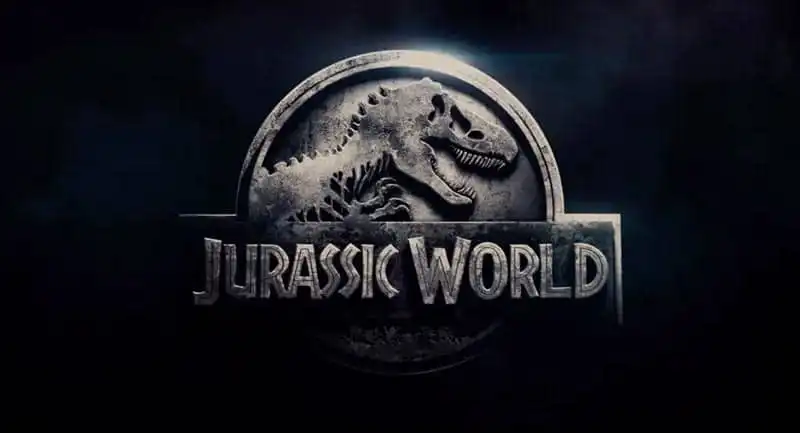
Jurassik World quiz: how much do you know? Take the Test!
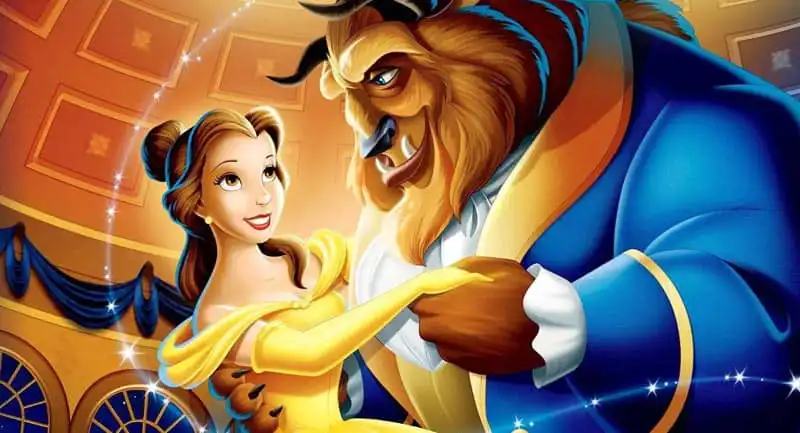
Beauty and the Beast quiz: how much do you remember the cartoon?

Marvel Quiz: when do you know the superheroes and villains in the comics and movies?
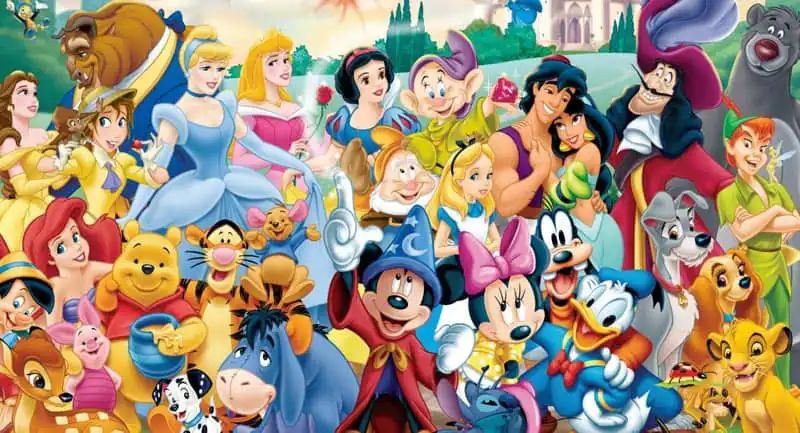
Disney Characters Quiz: with this multiple question and answer game you can test your knowledge of the main characters in Disney stories! take the test!
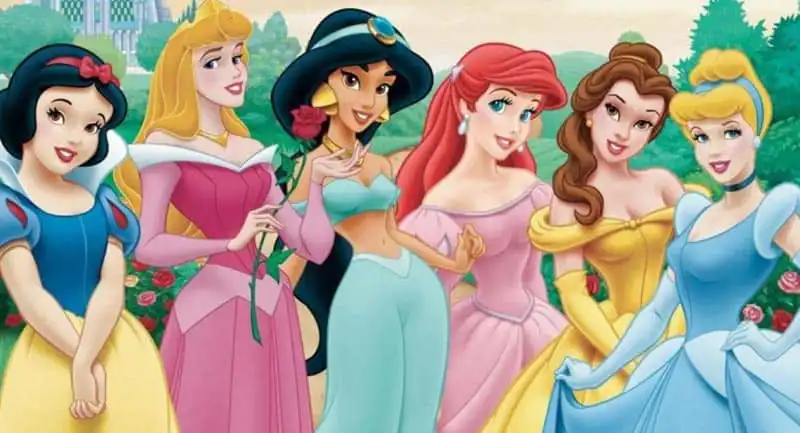
Disney Princesses Quiz: here's the fun quiz on some of the protagonists of Disney fairy tales: find out how much you know with the test!

Seven Dwarfs Quiz: do you know Snow White's friends? Take the Test!

Lord of the Rings Quiz: prove you're really a fan with the Test!
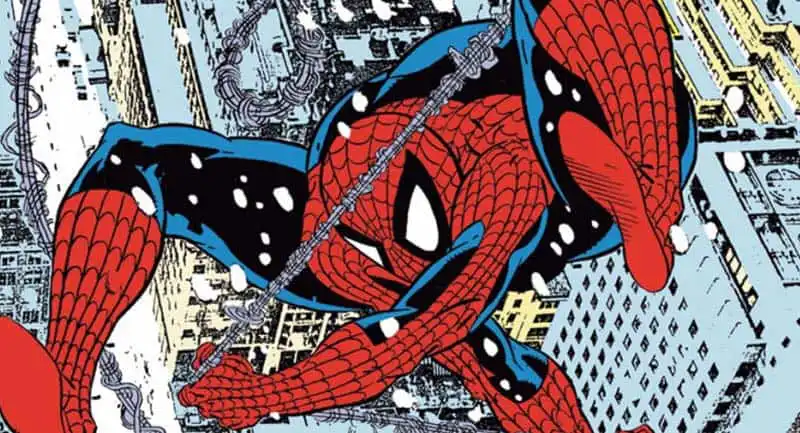
Spider-Man Quiz: Want to test yourself on Spider-Man? Here's the test to show how much you know.
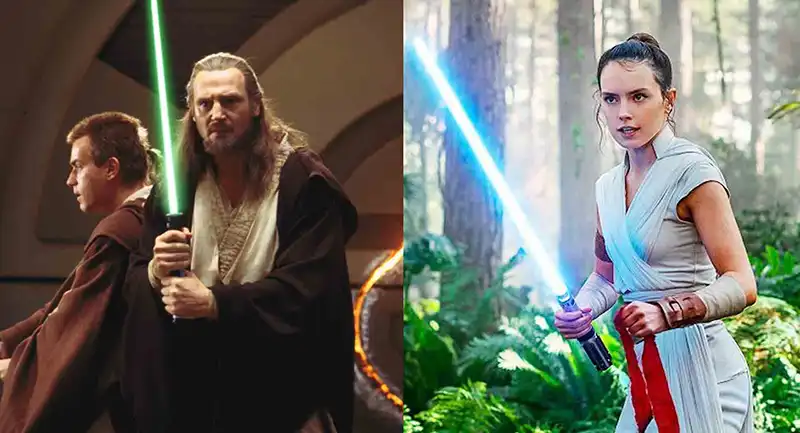
Star Wars quiz: this test is only for real Star Wars fans!
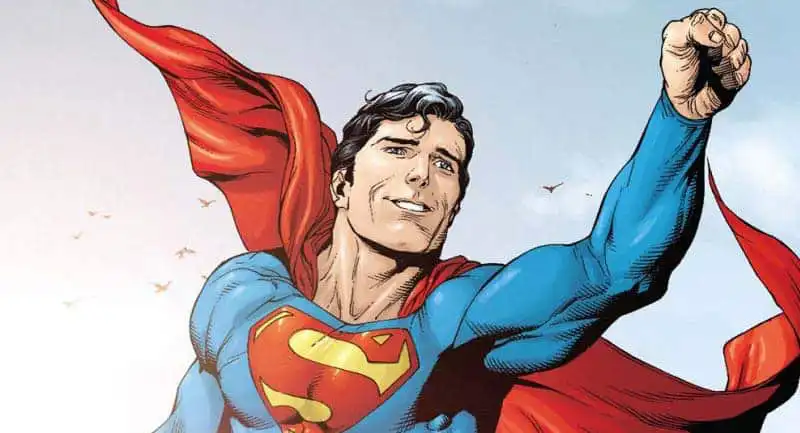
Superman quiz: do you know the whole history of this very famous superhero?
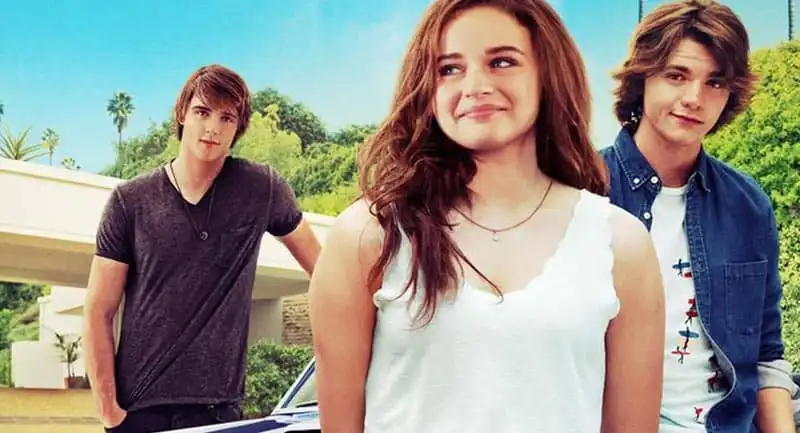
The Kissing Booth quiz: do you really know all the details of the movie? Try it with this TEST!
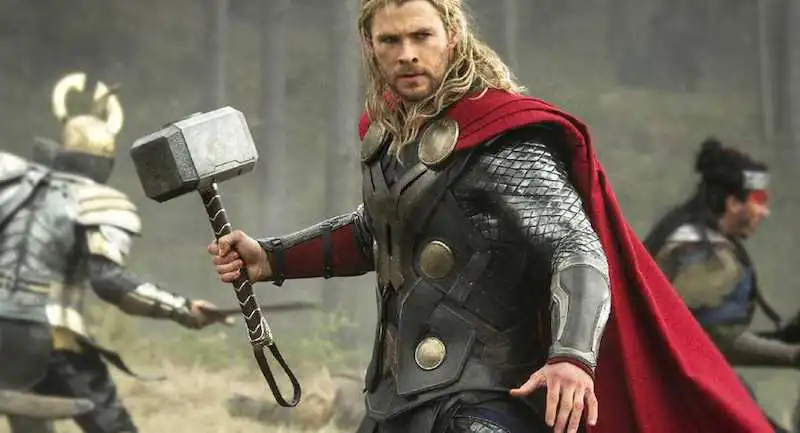
Answer the Thor Quiz questions and demonstrate your knowledge!
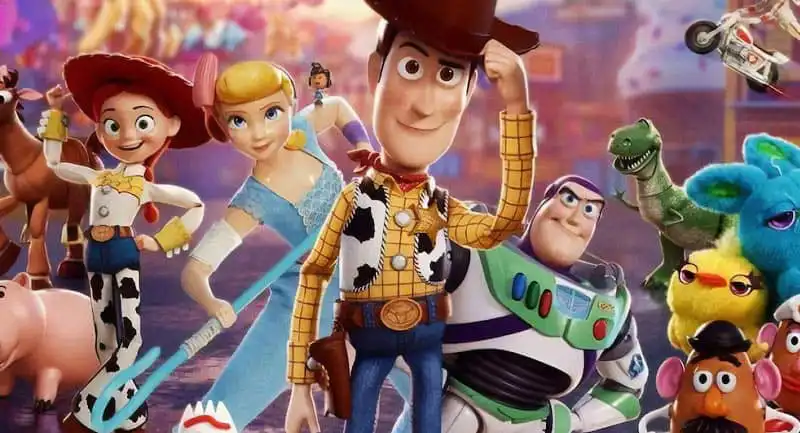
Toy Story quiz: do you think you remember everything about the plot and characters?

Twilight Quiz: it's been many years, but do you remember everything about the first chapter of the vampire saga?
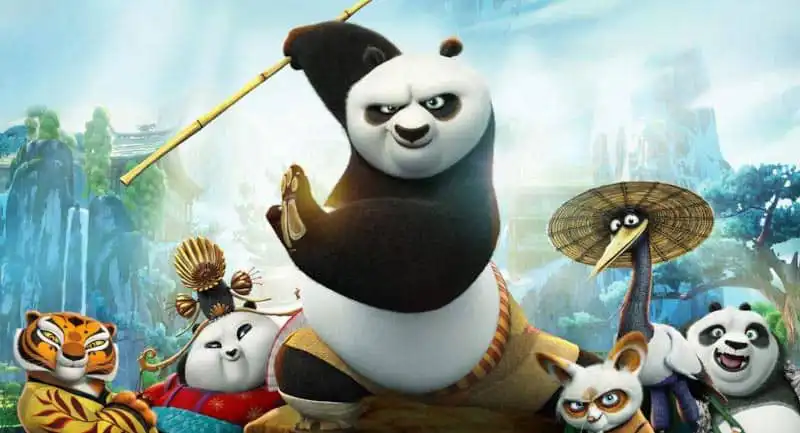
Kung Fu Panda Test: do you remember the plot, characters and teachings well?
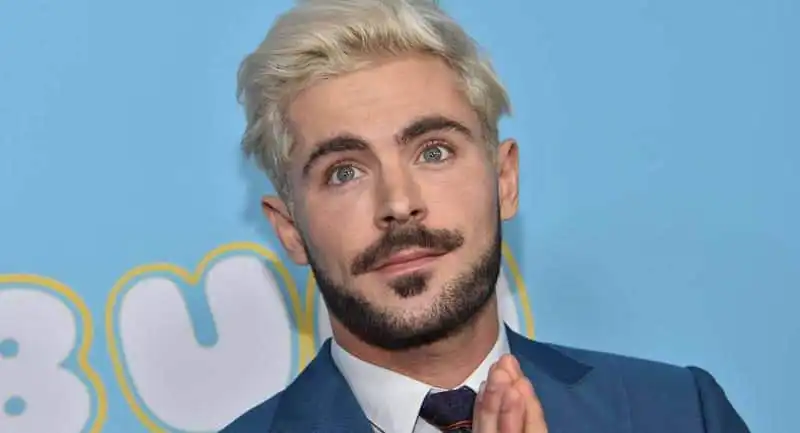
Zac Efron quiz: how much do you know about the actor's career?
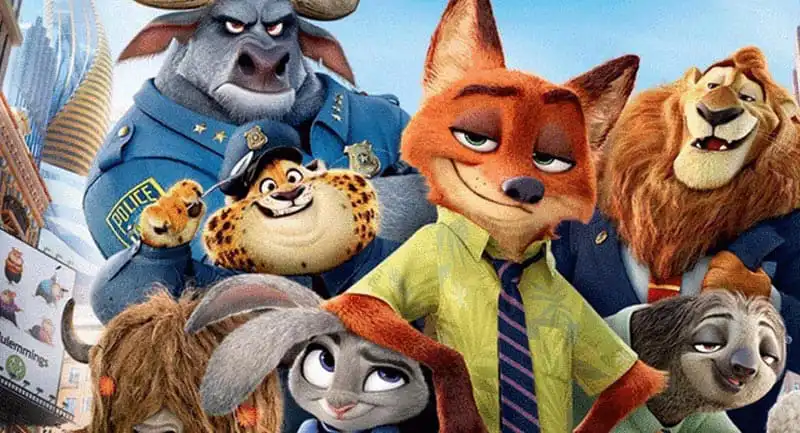
Zootopia Test: do you remember the cartoon well?
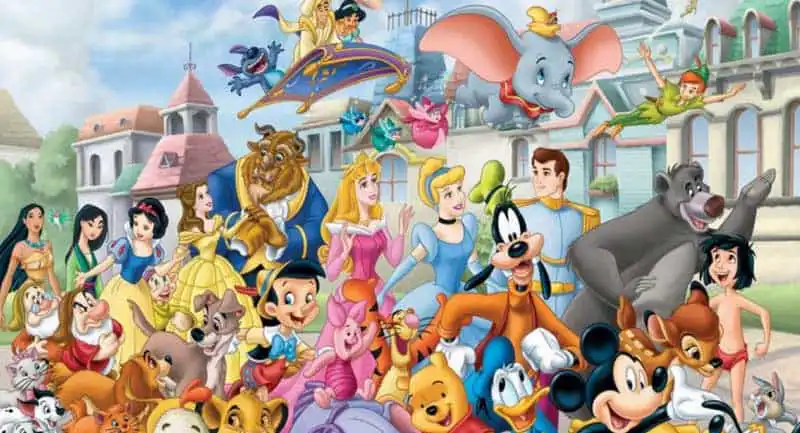
Disney Classics Quiz: do you know all the trivia, characters and plots of children's most beloved tales?

Disney Princes Quiz: here's the test to see how much you know about the major male protagonists in Disney stories. Put yourself to the test!
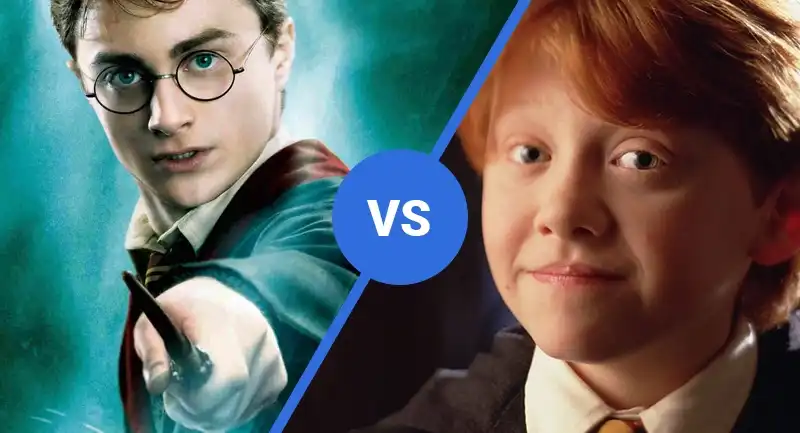
Which Harry Potter character are you? Find out with the test!
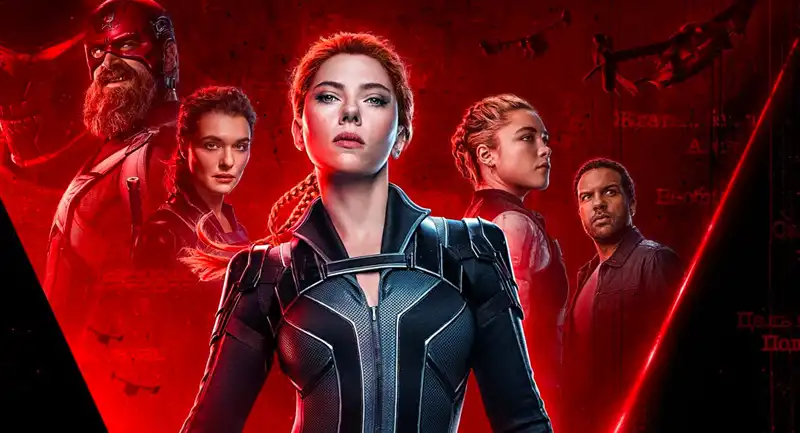
Black Widow Quiz: Test yourself and find out how much you know about the Black Widow!

Doctor Strange Test: how well do you know the character and the movie dedicated to him? Find out with the Test!
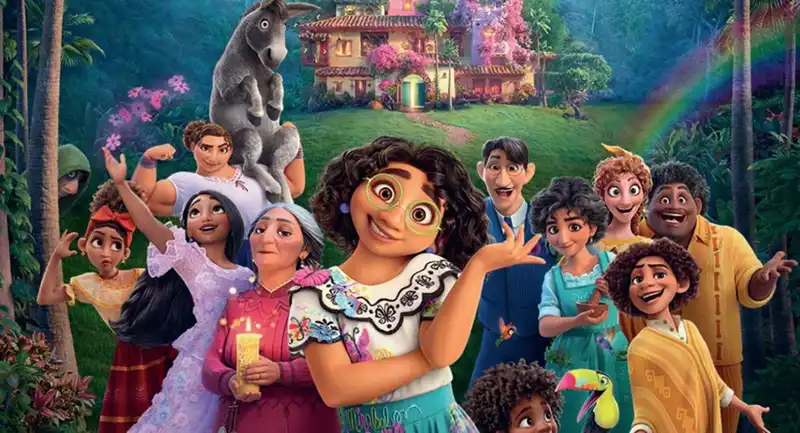
Quiz Encanto: Find out how much you know about the Disney movie: take the test!
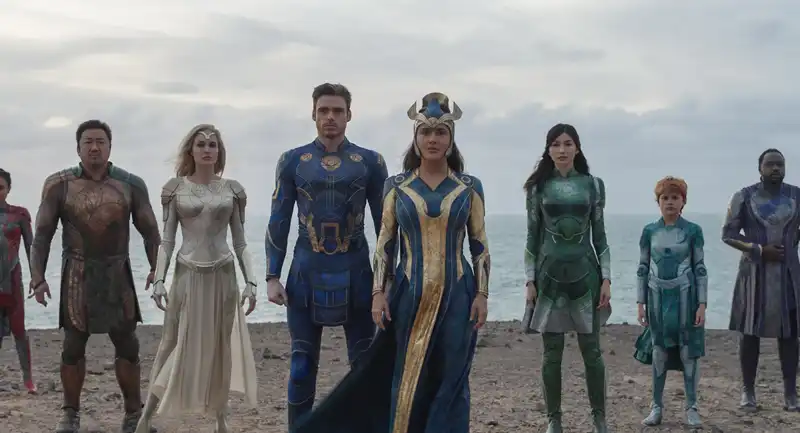
Eternals Quiz: could you know everything about Eternals? Take the test!
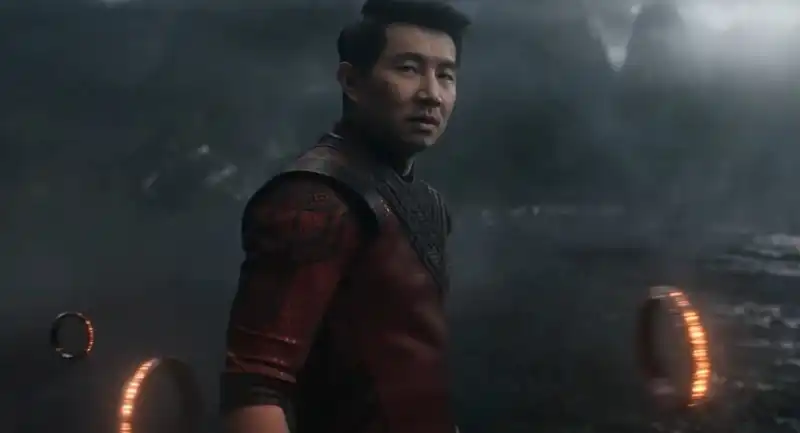
Shang Chi Quiz and the Legend of the Ten Rings: Test yourself with the Test!
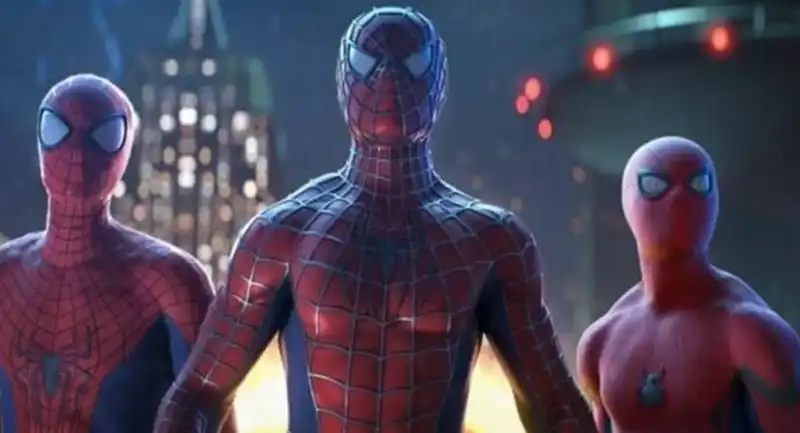
Spider-Man No Way Home quiz, how much do you know about the Marvel movie? Find out with the Test!

Which Avenger Are You? Test yourself!
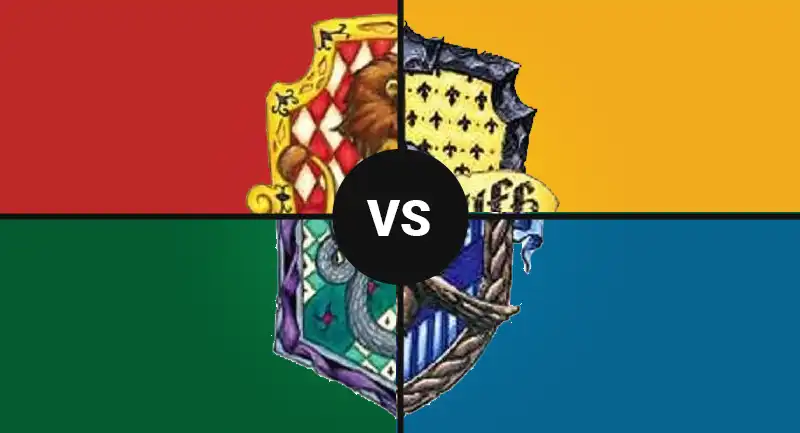
Which Hogwarts House are you in? Find out with this test!
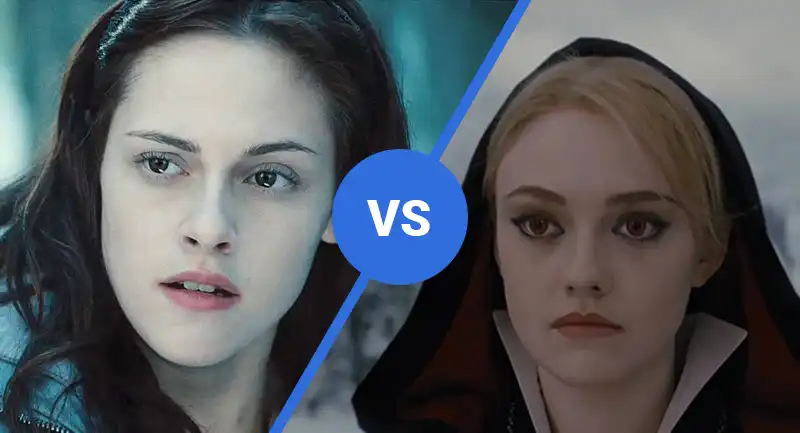
Which Twilight Vampire are you? Find out to which character are more similar!
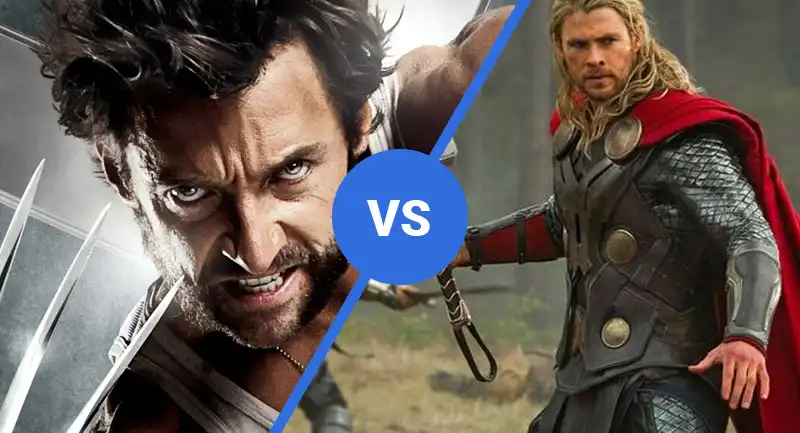
Which Marvel Character Are You? Find out with our personality test!
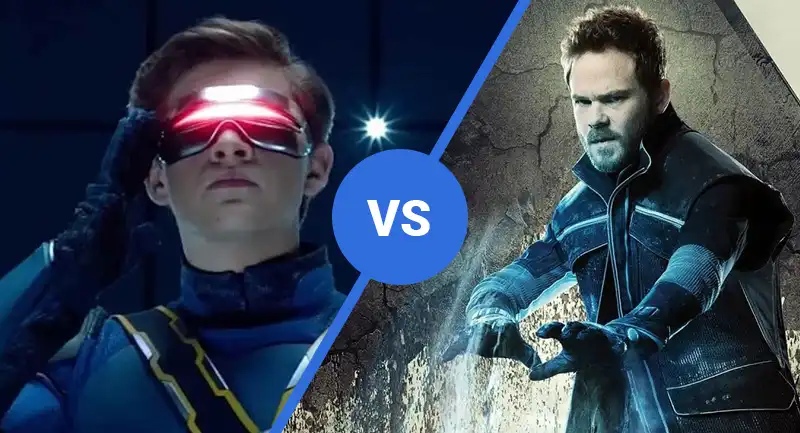
Which Xmen Are You? Test yourself!

House Of Gucci Quiz: do you know the movie? Take the quiz!
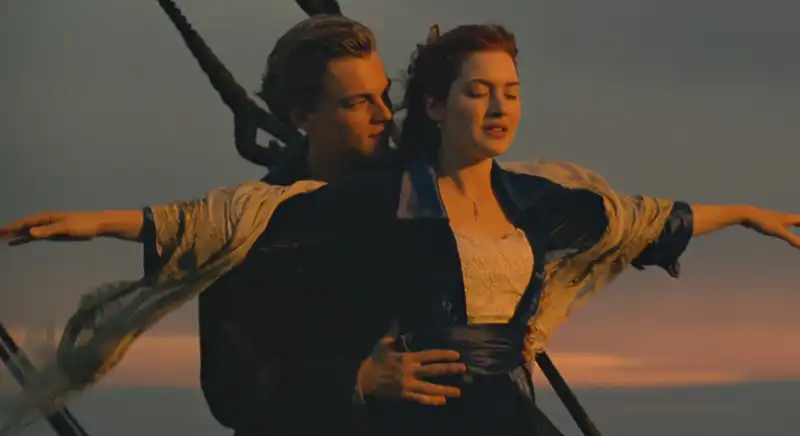
Titanic Quiz: do you know the movie? Take the Test!
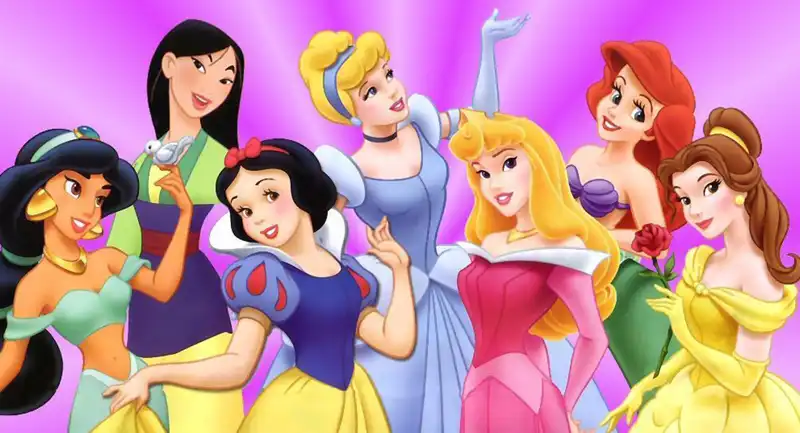
This Disney Princesses quiz tests your knowledge of the leading ladies in some of the most beautiful animated films ever made.
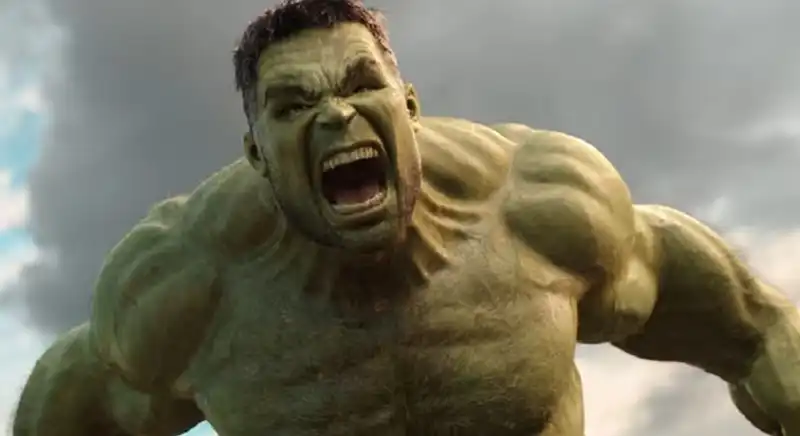
Hulk quiz: how well do you know the green Marvel giant? Take the quiz and find out if you're a real fan!
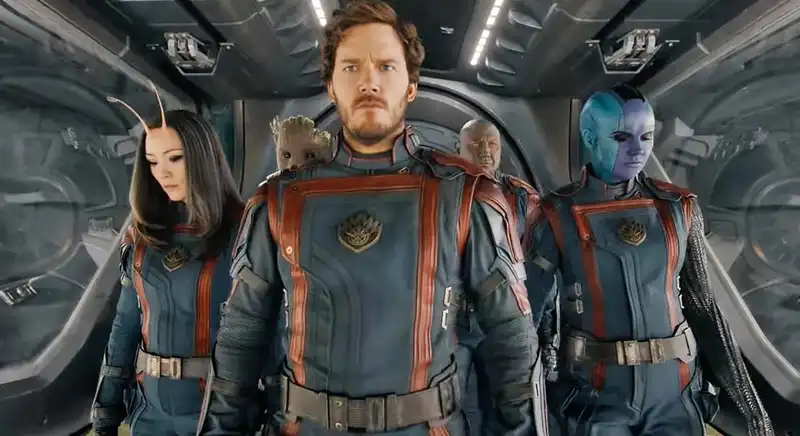
Guardians of the Galaxy quiz: how much do you know about our interstellar heroes? Take the quiz and test your knowledge!
Cinema and movie quiz: this and more in our themed quizzes!
If your favorite sport is watching movies, you definitely need to test your knowledge with these movies quizzes. Thanks to our quizzes you can find out how much you know about actors, the characters they play, plots and the most famous quotes from movies.
Movie tests challenge you by entertaining you.
If you are a movie lover, this is the site for you: test your knowledge with questions about movies, more or less famous movies of the moment.
Why is it good to take quizzes about our favorite movies?
They keep us entertained and excited by remembering the scenes, plots and characters we loved.
Have you ever watched a scene from a series you used to follow on television or youtube and remembered perfectly what would happen next? It's like seeing an old friend again after a long time and chatting about the times we spent together.
That's what our movie quiz questions are for: reliving moments, emotions, laughing and having fun with the actors and locations we know so well.
5 reasons to take a quiz on movies:
- They challenge your knowledge and memory
- They remind you of sometimes forgotten scenes, characters and emotions
- They are a workout for the mind
- They are a fun time with topics you are passionate about
- You can share them on social media and challenge your friends
Movie quizzes: you'll find quizzes on famous and not-so-famous movies, as well as questions on actors, directors, and plots
In the movie section you can find titles of famous movies such as the Harry Potter, Twilight, and Star Wars sagas, and quizzes on less recent or niche topics such as the Lord of the Rings trilogy or Descendants.
Do you know all the actors, director trivia, and plot details?
We'll test you on Disney characters, Hunger Games, Avengers, and many more.
New challenges await you each week!
Our tests on movies and film can be very general or very specific and present you with really difficult questions. To answer some of the questions you will have to be a great expert and have watched and re-watched the movies in question. Are you ready?
Culture & movies
The culture associated with movies originated around the 1930s and then took off in the postwar period. In the beginning, dramas were greatly influenced by radio and theater, later also by popular movies.
TV series vs. movies. In recent years, with the undeniable qualitative growth of TV series, as mentioned above, also facilitated by the spread of on-demand platforms that are more accessible to the general public, there are thoughts of a hypothetical overtaking of series against cinema. But going to analyze the two mediums in detail, we realize that the one between movies and TV series is not a clash, but a parallel journey, because their way of telling stories and characters is completely different, as is our way of enjoying them as viewers.
It is no coincidence, in fact, that in recent years many well-known faces in cinema, among whom we can mention Paolo Sorrentino, David Fincher, Woody Allen, Steven Soderbergh, Al Pacino, and many others, have shot, written, or starred in TV series.
If you are a cinephile you should really put yourself to the test: choose your favorite quiz and show how much you know!
Here is a list of frequently asked questions on Movie Quizzes
How do the tests work?
The quizzes take place online and are free. Our quizzes on movies have a classic operation based on questions and the choice between several multiple answers.
The way the game works is very simple: you just have to answer questions about your favorite movies.
For each question we will present you with a few answers to choose from and, as in a TV quiz, you will be the one to answer, remembering that there is only one possibility of a correct answer.
How many questions are in the quizzes?
It depends on the quiz, there is no fixed number of questions, some have 7-8 questions, some have many more, and we are working on the 100-question maxi quiz.
Weekly we update our quizzes, adding new ones and increasing the number of test questions that our users like best.
What kind of questions are there?
Questions are about actors, plots, and characters in the movie in question, we can ask general trivia about the movie or series or very specific questions that only true fans are able to remember.
Are questions difficult?
The difficulty is variable, some questions are very simple and some are very complex, it depends a lot on how much you remember about the movie/series and how long it has been since you last saw it.
We tried to put different levels of difficulty to make the game more fun for everyone.
How to answer questions?
The way it works is the classic multiple choice quiz, so there will be a few possible answers and you will have to click on the one that seems most correct to you.
For example, we might ask you who is the author of the books that inspired the Lord of the Rings saga and give you 4 possible alternatives to choose from.
We ask you to make an effort to answer all the questions without asking for a little help from Google, because even if some questions are difficult it is nice to test yourself and really know what our knowledge is.
And if you really want a little help you will want to watch the movie again to remember better!
How much time do I have to respond?
There is no time limit, you will have as much time as you want to respond, so you can take as much time as you want.
How will I know if the answer is correct or not?
After each question we will tell you whether the answer is right or wrong, but we will not give you any further information in case you got it wrong, so that if you want to retake the quiz you can test yourself again by thinking a little more about what the correct answer might be.
There is a summary of the results?
Yes, at the end of all the games we will show you a handout where you will see the list of questions with their respective right or wrong answers. Once you have completed the quiz you will know very well where you got it wrong and can decide whether to take the quiz again to improve your score.
How many times can I take the test?
As often as you like! There are no time limits or repetitions. Many users enjoy retaking quizzes until they reach 100% correct answers.
Can I play with my friends?
You can engage your friends and challenge them to do better by sharing the test on social media and have a contest to guess the most answers!
In brief, here is how Cinema/movie quizzes work
- We will present you with a series of questions about characters, actors, plots, and quotes
- The difficulty of the questions varies from easy to difficult
- You can choose your answer from a range of plausible possibilities
- There is only one correct answer
- After each answer you give we tell you whether it is right or wrong
- At the end of the quiz we tell you your total result
- You can retake the quiz to total 100% correct answers
- You can involve your friends by sharing the quiz
Here you can findall the quizzes dedicated to the Avengers.We will ask you a series of questions dedicated to the Avengers saga, and you will have to answer them by choosing from some of the answers we will propose. To score well you will have to have seen all the Avenger movies, or the one concerning the quiz you have chosen. As I would know the Avengers universe is very complex and with these tests you will be able to find out how fully you really understand it.
When the idea of a movie theater that had the ambition of generating the Marvel Cinematic Universe was unthinkable, the super heroic world was promoted by comic books. In 1963 along with the various series dedicated to each individual character, the Avengers series was written and drawn. From 1963 to 1996 this comic book series brought together all the characters we had come to know during the time and made them meet/disconnect, projecting those super heroes into a universal context. This generated a lot of enthusiasm for all the reasons we can imagine. Certainly seeing one's idols collaborate and relate was very inspiring, but most of all it made the desire in the reader's mind for the classification of super heroes even stronger. Who would win in a clash between Iron Man and the Hulk? If they met it would also be feasible to have a clash in theory. What would soon become one of the major problems of the Avengers films was in the past a source of great amusement. We are talking about a dynamic that can be defined as "forces at play." It exists not only in the Marvel Cinematic Universe, but in every fantasy product with powers, magic and curses. The Lord of the Rings universe or the Harry Potter universe are another example, even in those cases audiences are very fascinated to see their favorite characters clash.
From a cinematic point of view, the Avengers has had four stories. Joss Whedon's Avengers was the first, to date the best for several reasons. Condensing so many characters is really complicated, and in the last two Avengers films, there has been a whole narrative synthesis job to allow each one the proper space. While the screenwriters did a good job, they had a really tough task and did not always succeed. This problem did not arise with the first Avengers film, precisely by virtue of a team composed of few characters and as few sidekicks. The first Avengers installment was released on April 25, 2012, and is still considered a remarkable product that leads the characters into unimaginable danger that will end with Endgame.How come The Avengers works so much and is still considered the best of the saga? Certainly it has a truly charismatic antagonist in the form of Loki, not only an excellent multifaceted character not at all two-dimensional, but above all played very well by Tom Hiddleston.
Another merit that the last two Avengers will not have is simplicity.In the first Avengers film, the threat is Loki and his army.The goal of our heroes is to defeat them. End of mission. No Gauntlet, no time travel and no paradoxes. In all this, it is also important to emphasize how the pacing is perfect, enhanced by a script that is able to bring together characters who have already been deepened with some who have never appeared. Black Widow above all. One risk in this regard was that it would fail to highlight characters that never appeared in the previous films. This did not occur.
The second Avengers film is the edgier one, but it still has a truly captivating subject matter. After an initial mission aimed at attacking a terrorist base, the Avengers return to the Avengers Tower, and here Bruce and Tony discover a new technology. An artificial intelligence that is supposed to be used to defend the planet in case of an attack, since in the previous film, the Avengers were very lucky to win that battle. The intelligence rebels and Ultron, so named by its creator, takes over the computer system unleashing all the machines. Sound familiar? Obviously it is a narrative cue that invokes a very strong imagery, far higher than the comic books from which Ultron is taken and consequently from the film transposition.
It is really hard to trace who first theorized this theme, however to simplify, a key novel of this revolutionary narrative that sees man and machine clash is Philip K. Dick's novel. 1968 is a historic year for this theme, as from the Ultron comic strip, to Dick's Android Hunters, to the cinema with 2001 A Space Odyssey, this pairing was much told. The second Avengers, therefore, also has all those concepts that we know very well today without, however, adding anything to the philosophy of the machine-human rebellion.Avengers: Age of Ultron comes out on May 1, 2015, three years after the previous Avengers chapter. It, too, will be a big hit with the public, but the next two chapters we will cover will surpass it.
Avengers Infinity War is the first encounter - confrontation with Thanos, the absolute antagonist of the main storyline of all phases. He is the one plotting in the shadows a crazy plan that will bring the Avengers to their knees. Many of the characters we have loved will perish and others will suffer very serious consequences. As we mentioned earlier, the most glaring flaws of of the Avengers Infinity War -Endgame pairing are the sheer volume of events and characters to deal with and the forces at play. The first issue sees a number of subplots finally coming to a conclusion, but often the overall picture while clear, can also be confusing at times. At the viewing of Avengers Infinity War you have to come prepared like a season finale, you have to know dates, names and places otherwise you will not understand the plot of the film. Missing a single film in the saga can make the narrative you are presented with confusing.
The second issue is that of the forces at play.Let's start by saying right away that the more miraculous powers characters are granted, the more complex the world is, the more difficult it is to clarify who is stronger or weaker. Despite these flaws the diptych Infinity War - Endgame achieves incredible box office, at a budget of 300 million the first chapter with Thanos manages to reach two billion in theaters alone. Endgame even manages to be more profitable than its predecessor and with a budget of 356 million, it reaches 2 billion 797 thousand dollars in box office alone. There is always controversy over these economic milestones, yet we must remember that at a time when movie theaters are suffering so much, this cinema is not only important but necessary.
Disney quiz: do you think you know everything about classic Disney movies, good and bad characters, princesses and princes? You'll find all the Disney tests here!
. If we were to think of animation today, we would have two major compartments: Western and Eastern animated cinema. Of the first immense group of directors, artists, and practitioners of animated audiovisual entertainment, what stands out most is obviously Disney. Today this massive company runs not only digital drawing, but also much else such as Marvel Studios, some of the most profitable live action cinema in recent years. Although the very earliest examples of cinema were much more about animation than live action, drawing on the big screen began to be really relevant in the 1930s. In that decade, however, Walter Disney was not such a dominant personality in the marketplace; rather, along with him were as many important names such as Walter Lantz and Paul Terry. Of these artists, the one who managed to stand the test of time, to impose himself as an imperialist image in the world's imagination is only one: Walter Disney.. Let's find out together how it all began.
Walter Disney was born in 1901, he began working as a cartoonist collaborating first with Ub Iwerks, his longtime collaborator, then with Walter Lantz. At only 27 years old, he founded his own production company, the first character to become celebrated was indeed Mickey Mouse, starring in no fewer than 113 short films. It was not only the famous Mickey who became popular as in the Silly Symphonies, a film series of shorts without fixed characters, other great animated creations such as Donald Duck made their debut. The history and imagery, still indispensable today for every child who can watch animated cinema on television, comes, however, not from the shorts but from the long films. All the marathons, songs, and most enduring memories of our experience, related to Disney animation, come from the latter type of storytelling. This audiovisual proposition made its debut in 1937 with Snow White and the Seven Dwarfs.
. Let us pause on this feature film, for itwill be the first of 58 Disney classics. Audiences less passionate about film and television, the so-called casual watchers, are unlikely to go to catch up on films of the past, yet as children they will most likely have seen a film from 1937. The latter is precisely Biancane and the Seven Dwarfs, a work so solid and full of archetypes that it has survived all that has come later. Models of masculinity and femininity change slowly but evolve, while the work produced by Walt Disney, that first feature film will always remain imprisoned in that powerful as much as outdated fairy tale structure, we will talk about this in the next paragraphs, about how much Disney when we were children traumatized us. These feelings of fear are not only due to our age but to images, to suggestions that even today have not lost one iota of that cruelty, that often evil visual poetry.
. This feature film for Walter Disney was a winning bet, many of his collaborators thought him crazy, a person willing to spend all that money on one audiovisual product, when with that investment he could make dozens of short films. In reality, expenses were estimated at $250000, a crazy amount that became insane when the required budget reached $1.5 million. Walter mortgaged the house, invested every cent he had risking bankruptcy but he was right and the film was a success, something never seen before. As we mentioned in the previous lines, the latest Disney films no longer have that malignant nature that travels through Snow White, reaches Pinocchio and reaches Fantasia. Disney's first three feature films are a crescendo of uneducated visions that will result in Dumbo and Bambi. These first five Disney films are also the result of the terrible historical period, of war and a world conflict that was slowly reaching even America. That anxiety about debuting in World War 2 seems to have affected these early works, which are much more maligned than today's Disney products.
1937 - 1942. From Snow White to Bambi, Disney's traumas are strangely collected in these five films.Of this very early phase we will briefly discuss only Snow White, Disney's first princess. There are two macro aspects to consider when a past masterpiece is outdated conceptually but still possesses the same force when viewed by a child today. The first to consider is that of history.
. Although nowadays murder is much more cleared than it was at the time, Biancane and the Seven Dwarfs in the first ten minutes makes it clear how gory cinema can be. The evil queen , envious of the heroine's beauty, orders her murder in the forest. As proof of the murder, the hunter is to pluck the pure-hearted maiden's heart from her chest and deliver it to the queen. This incipit is already very adult for a very young audience, moreover the attempted murder will not be carried out with an arrow or another more distant way, but in a brutal way with a knife from behind. All this sows very powerful suggestions in the child's mind, assisted by a staging that has not existed in Disney for a very long time. The power of the frightening images of the forest at night, recalls the expressionist sets of the 1920s, where the environment takes on the role of looming threat.
The owls, trees, leaves and branches become potential killers, all wanting to kill Snow White. In spite of being a 1937 film, this early Disney feature has lost very little of its visionary nature, inserting powerful symbols that evoke religious segments. The poisoned fruit will be precisely the apple, the same one that tempted Adam and Eve into Eden. Avant-garde is also this. Thinking, devising and producing an animated film that invents a totally new language in the Mainstream landscape. There had already been a feature-length animated film, 1917's El Apostol by Quirino Cristiani, an Argentine director. However, everyone remembers Snow White because it was something that had never been seen, it looked like a fairy tale as serene and candid as its protagonist, but it also had terrifying sequences.
. If this macro aspect therefore underscores how avant-garde the work produced by Disney was then and is most powerful even today, one should not forget all that has been totally surpassed. Today, some representations, characterizations, in Disney's animated feature films fortunately no longer exist. The following lines are going to highlightsome anachronistic aspects of Snow White and the Seven Dwarfs today. Biancave is a woman totally helpless in the face of the threat that comes her way. She never rebels against the queen despite her unjust condition, because although she is a princess, she plays the role of a scullery maid. Besides being totally a positive character who cannot conceal within herself a shred of selfishness or any other questionable trait, she is saved only because of the prince. To the man, without him she would be left to her fate between life and death. The relationship with the dwarves is also very interesting and representative of commonplaces now really annoying. When he first enters the house of the singing miners, he finds a very dirty dwelling with no housekeeping maintenance. After befriending the dwarves, we are made to understand that these funny characters do not wash and cannot cook. Snow White therefore is the "proper woman" they have been waiting for, the feminine hand from whom they are expected to cook, wash, iron and whatever else. Today this representation of models of masculinity and femininity would lead the eventual product to be destroyed by critics for legitimate reasons. Last I left the prince charming. He in the film does not really exist, he is just a device to make Snow White eat the apple, consequently to make her die and to save her in the finale. He doesn't have any distinguishing traits, he is just what one would expect the dream man to be like for most straight women.
. This first feature film is indicative of several trends that will mark the Disney publishing path. The first most obvious one is to adapt fairy tales and fables for children, sweetening where possible or changing some narrative choices that are too adult for a very young audience. The second was to exploit filmic success to build a business empire that promoted from Armour Star Ham, to themed clothes, eventually opening amusement parks. In this sense, the Disney company is the epitome of American imperialism. A project that still today seeks to have a monopoly on animation and beyond, the acquisition of the Star Wars brand or Marvel Studios, Pixar and more, determines an ambition that has never faded over time. The same mad ambition that in 1937, brought a groundbreaking $1.5 million animated film to theaters.
. If we were to divide the Disney feature filmography, the second phase is caused by the death of Walter Disney in 1966. From 1967 to 1988 there are really worthy works, but the creativity is placed in a few sequences and hardly in an entire product.The Aristocats or Robin Hood are films that are remembered and celebrated, but they did not have at all the impact that marked the twentieth century.
. In 1989 this phase of audiovisual instability ends and the so-called Disney renaissance begins. The Sirenetta is the first in a long line of successes. While establishing new creativity, new and increasingly important looks, this first film from which to start the company's new phase is not at all worthy of praise in some respects. Despite being a film that comes after a whole series of ideological battles and more inclusive representations in fictional works, The Little Mermaid is a film totally in line with a fairly retrograde legacy even for '89.The real revolution within the studios would come with another film that would mark a generation of filmmakers, increasingly interested in the heroine's journey rather than the hero. In 1998 Mulan will be released in theaters, the true Disney feminist revolution that even today may be an example of more adult and less fairy tale-like relationships between women and men.
. Let's take a closer look at this feature film. The threat of the Huns looms over China and the emperor not only deploys troops, but also orders mandatory conscription for at least one male per family. Although the emperor is portrayed as a wise person, as a totally positive character he has not the slightest qualms about taking his citizens to war. This choice of writing is not a victim of the historical period but of different outlooks to which this consequence does not matter so much. The amendment to enlist young soldiers will also be a source of boasting, as he will have made the right choice again, without which the Chinese army would have been defeated. This detail that makes the emperor in our eyes as a character with questionable morals we have not given enough thought to, a poorly reasoned writing choice. In our protagonist Mulan's family, the only male is her father but he is weak and old and cannot afford to participate in another conflict. It will be Mulan who pretends to be his son in order to keep her father from going to war. The protagonist's is a pure heroine's journey since it begins with emancipation, with freedom from the rules of patriarchy that confine Mulan to a life that does not belong to her. In the film there is frequent talk of family honor and place in the world, themes that make the steps taken by the character's journey stand out even more. Also within the feature film, there is a fuller representation of models of masculinity and femininity. The soldier sidekicks, for example, however stereotyped they may be, lend themselves to dressing up as women and enjoying a new side to their personalities. The finale will be the ultimate proof of a feminist cultural revolution that sought to insert itself more and more into entertainment. In the finale that same male, patriarchal world that had mocked and mistreated her bows to a woman. Contained in those images is a Disney renaissance that was impossible in both the first phase and the second. The Little Mermaid may be the emblem of great creativity, but the real revolution is Mulan.
. Thisthird phase continues on this very powerful female trail that invests in female heroines rather than fairy-tale princesses, in fact some missteps like Rapunzel we have all noticed. From 1998 to 2019 you would think that the most important film was Frozen. In some ways with that work came a very strong new icon, however the most interesting film and child of its time is Zootropia. A very important utopia for new generations who will again see on the big screen characters far more characterized than Elsa. The Disney imperialist journey continues, and allus fans in 20 years will still be here talking about it.
Seven novels from which came eight film adaptations. A planetary success. Despite fluctuating filmic quality, we will see when and why, the Harry Potter universe has managed to earn a place in pop culture like few other works of the twentieth century, as its fame first arose as a literary case in 1997 and then a cinematic one in 2001. Where reading and words failed to materialize a reader's visual imagination, the big screen image took care of it.
In 1999 producer David Heyman bought the film rights to the first four books and the film project began not without some difficulty. The Rowling demands an all-British cast, allowing for the inclusion of Irish actors and a few exceptions contextualized with the origin of some of the characters. The directors considered were many: Spielberg turned down the offer, Terry Gilliam strongly desired by Rowling did not please Warner Bros, and finally Chris Columbus was chosen. A filmmaker who had almost no experience with fantasy let alone fantasy, the closest film to these genres was The Bicentennial Man. Why not choose Gilliam, the great auteur who had directed Brazil? Because the editorial line chosen by the production prefers that we direct the mood of the films toward the family cinema reassuring and edgeless. Gilliam therefore is not the right filmmaker.
Everything is decided and finally in 2001, after casting and screenplay by Steven Kloves, Harry Potter and the Philosopher's Stone is released in theaters. Directed by Chris Columbus, distributed by Warner Bros and produced by David Heyman. The leads, the most famous trio of wizards of all, had almost no acting experience but apparently that was no problem. Even today, their faces are incredibly recognizable and relatable to the characters written by Rowling, while we are not sure how the films have aged due to the constant renewal of cinema.
Nineteen years later, what does the first chapter of the saga look like?
Let's find out together!
Harry Potter and the Philosopher's Stone
The first chapter of a saga has the arduous task of introducing the mythology of the tale. At a time when the story narrates a fantasy universe where there are werewolves, wizards, centaurs and much more where is the limit of such a magical world? What exists and does not? Even with a novel behind the film production, including all those fantastical elements could confuse viewers, so a really successful compromise was opted for. While on one side of the film there is talk of curses, we see centaurs, unicorns, dragons, and magic of all sorts, from a structural point of the narrative there are very simple oppositions.
There is the unfriendly and hateful Dursley family that opposes Harry, an orphaned and innocent child, certainly not deserving of all the scorn he receives from his guardian parents and his cousin. The trio of protagonists themselves, Harry, Ron, and Hermione have very definite connotations that draw on stereotypes known to all. This is not a flaw but a precise choice to find great clarity in the characters, while the film's mythology runs and risks being too much for the familiar generalist cinema. Harry is the hero, brave and pure of heart. Ron is the hero's sidekick, a good friend. Finally Hermione is the scholar, the know-it-all who corrects the mistakes of Ron, the clumsiest of the three. In addition to the trio, the sidekicks themselves are very two-dimensional in this film. Draco is the protagonist's wicked and often cunning rival. The emblem of this stark narrative that very easily distinguishes good from evil, bad from good, is perhaps in the most macchietta character of all, namely Neville Longbottom. A true walking comic relief.
This kind of approach to storytelling is precisely the child of an editorial choice that finds in the family movie its goal, yet this audiovisual product also knows how to be much more. In addition to the adventure of the heroes, there is the mechanics of the detective story that hovers over the entire story where the coveted element, the object of power is present as it often happens already in the title. The philosopher's stone, a tool that can make one live forever. Who seeks it? Voldemort, Snape? Where is it hidden? All these questions lend great rhythm to the narrative, which not only experiences splendid moments of boyish friendship, where Columbus is excellent, but also unusual mechanics in the family movie. It is no coincidence that directing the film is the filmmaker of Mama Lost the Plane and Mrs Doubtfire, films that within comedy conceal more. Harry Potter and the Philosopher's Stone also knows how to be an excellent example of how to mix genres and find all the best connections between the coming-of-age film and the detective story, all with a fantasy setting
This first film about the first encounter with Hogwarts, the teachers and the magical world, full of charm but also dark and frightening, has a remarkable blend of wonder and horror, observed through the eyes of a child. Columbus's staging finds in the warm, reassuring colors of the homeroom, the look of being a child and being surprised by everything. Also strong in opposition is the fear that an 11-year-old girl may have of a forest in the middle of the night. Everything is told and shown with great hope and ease, while the complexity of the soul, of the mirror of yearnings for example, is on the surface. It is not yet time to be afraid of Hogwarts. It is a place full of mysteries and dangers but everything can be resolved for the better. Movie after movie and book after book, this characteristic will fade away as adolescence brings constant doubts and torment.
What about the book?The latter has differences but is quite faithful, while sometimes in the movie some episodes undergo simplifications. For example, Professor Raptor is from the beginning shown wearing a turban in the film and we are hinted that he already has Voldemort inside him but the timeline is different from the book. Only after the attempted theft at the gringott does Raptor acquire the dark lord within himself, not before. Whereas in the inn when he first meets Harry we already know, once the movie is over, that he already had Voldemort as a parasite on that occasion. So like this sequence others suffer cuts but they are simply unnecessary errors or alternative routes to the source material, such as the meeting with Olivander and the choice of wands. In the film Harry uses wands that work, with which he casts spells but they seem to be uncontrollable, whereas in the book with those wands he produces absolutely nothing, which is why Olivander keeps finding the right wand. In the film they immediately wanted to create the feeling of destiny, of the bond between Harry and the dark lord, and this for example is not a problem at all, simply a different choice.
Three Oscar nominations, a great deal of critical acclaim and a box office that promises a sequel that will come only a year later, in 2002. Needless to speculate on what it would have been like had it been directed by Spielberg, Harry Potter and the Philosopher's Stone is a great debut. The Warner Bros. choice turned out to be a winner. We slowly move away from the more childlike target audience, continuing with a darker and less reassuring chapter.
Harry Potter and the Chamber of Secrets
This second chapter is very charming, as it tries to replicate the previous model, choosing as its target once again a very young audience.The story and its horror elements, however, scream otherwise. In production, everything is exactly the same as in the first film in the saga. Columbus as director, Steven Kloves as screenwriter, and as producer David Heyman. Although the directing reconfirmation follows a definite editorial line, Rowling's story walks in the opposite direction. Despite the much emphasized happy ending and the child of reassuring cinema as in the previous chapter, there are too many dark elements.
"Tell them Hogwarts is no longer a safe place," proffers Albus Dumbledore. The saga will no longer have that serenity of mind of the first chapter either. With Harry Potter and the Chamber of Secrets, nothing will be as heartening as before.
The tale begins again with the classic clear and simple juxtaposition of hateful family - innocent orphan. The Dursleys and Harry cannot find a balance and our protagonist is afraid of being abandoned by his friends. All these feelings much emphasized in the book, find very little strength in the film and end up being resolved in some Dobby dialogue. As we know Ron, George and Fred rescue Harry from his uncles by flying car and take him home with them. This juncture is very important as it delves into how a wizarding family lives. How they wash, sew, and so on. Everything or almost everything is imbued with magic. This episode along with others concretize details that we could only imagine, while now they are shown to us.
If the first chapter introduced the mythology, the others deepen it and Harry Potter and the Chamber of Secrets proceeds nicely on this narrative conduct. In addition to the darker elements of the film, this second chapter highly emphasizes the discourse on English classism and the race discrimination that follows. These two themes draw their effectiveness from two confrontations. The first features the Malfoy and Weasley families, how they dress, the accents they use, and how they behave toward their neighbors. It is a clash of social mores and class struggle. The second conflict observes so-called purity. Draco and Lucius are repeatedly seduced by their need to discriminate against those who are not purebloods, those who do not belong to a wizarding lineage like Hermione.
If from a social and political point of view Harry Potter and the Chamber of Secrets is a more adult film than its predecessor, as it emphasizes these clashes so much in various ways, from interpretation to writing. From a horror perspective it leads viewers down even more gory paths composed of blood writing, bleeding voices intimating killing in one's mind. While all these elements cry out for a different mise-en-scene, the visual aspect is still the warm and safe one of the first chapter, even when there is Tom Riddle's flashback this is very hasty and as least incisive as possible.Despite this, many sequences come across as chilling such as when it is discovered that Ginny has been kidnapped by the heir of Salazar Slytherin, by the mysterious murderer who caused a murder fifty years earlier. "Her skeleton will lie forever in the Chamber of Secrets" will be written on a corridor at Hogwarts, as Ron and Harry look on in fright at the terrifying event, the terrible omen written in blood.
With a series of twists inserted nicely into the narrative, this film resembles more a thriller than the cinema it purports to take part in. There are a series of victims, an investigation that exposes the protagonist's dark thoughts and blames a loyal friend. Harry Potter and the Chamber of Secrets in the saga is the thriller, that genre very close to horror in tension and anguish, but once again we would have to wait for the third chapter for a new idea of staging.
Although remaining a film very faithful to the book, again the cuts and differences were there.The latter often for the purpose of visual spectacle such as the duel between Draco and Harry, much bloodier in the film than in the book where spells of little relevance are cast. Or the whole thrill ride in the flying car where Ron and Harry were one step away from being run over by the train, a sequence written specifically for the film and not taken from the novel. Other cuts unfortunately go a long way toward again returning a macchietizing portrait, such as that of Neville. A character whose only function is to dampen the tension and make us laugh at his clumsiness.
This second chapter ends the boyhood journey of the trio, the one marked by the serene and hopeful look. Subsequent challenges will never again know a happy ending like the one in the Chamber of Secrets, where one embraces and smiles in a world that cannot allow evil to triumph.
Harry Potter and the Prisoner of Azkaban
In the filmic saga thisthird chapter under analysis is really a film unto itself. It certainly does not belong to the first two audiovisual products directed by Columbus, and although it dictated certain canons, replicated in subsequent chapters, Harry Potter and the Prisoner of Azkaban remains isolated. It may be because it is directed by an auteur who did not come from that generalist blockbuster cinema at all. It may be because such a vivid visual style, full of ideas involving mise-en-scene and storytelling, we will not see again in the saga.
Before we delve into the film, what were the most important changes?
The first and most important change in the third of films is Alfonso Cuaron as director. Columbus had abandoned the project for personal reasons, which were related to his estrangement from his family due to a very invasive production. The first two chapters of the saga, in fact, had forced the filmmaker of Mother I Missed the Plane, to spend a lot of time away from his affections. We speak respectively of Harry Potter and the Philosopher's Stone (2oo1) and Harry Potter and the Chamber of Secrets (2002). Two blockbusters directed in a time that did not allow for delays or family distractions.
Columbus therefore was off the project by his own choice. One of the directors to be called to replace him was Guillermo del Toro, who declined because of artistic differences. The latter had a much darker vision of the story and the first two chapters of Columbus, had set a more reassuring mood aimed at a very young target audience. This visual setup that had bent a story with horror elements to family cinema, seeking a mise-en-scene with warm tones and an almost never disturbing camera point, ceases to exist with the third chapter. When Cuaron for financial reasons accepts the project, he succeeds in the difficult task of adapting the Harry Potter saga to his own visual style. Oblique shots, wide-angle shots, sequence plans, and very dark cinematography with very pronounced blacks. Everything that Columbus had avoided, Cuaron tackles.
The second new addition to the Mexican director's vividness is the new interpreter of Silent, due to the death of Richard Harris. Replaced by Michael Gambon, from the very first moments we understand that this new version of Dumbledore is very different. He walks differently, less composed and more restless. He has a much more vibrant voice and is almost awe-inspiring. It is simply a different interpretation, not a better one.
In 2004 Harry Potter and the Prisoner of Azkaban was released, two away from its predecessor.
The story begins with a family quarrel between Harry and the Dursleys that ends with the young wizard running away from home and heading for the magic cauldron. On the way he learns that someone has escaped for the first time from the dreadful Azkaban prison. An assassin, a servant of Voldemort, Sirius Black. This incipit will go on to delve into Harry's family dynamics, his parents and who the latter hung out with, making us imagine what their lives were like before their tragic deaths.
While the previous films in the saga had worked beautifully with the genre, Cuaron's narrative does not take that approach and chooses to focus on thetheme that interests him most. Time. From the passing of the seasons emphasized by transitions, to shots through the gears of a clock, the Gravity filmmaker is more interested in how the characters act in the timeline than in the story itself, which is nevertheless directed with great gusto. Think of Lupin's transformation into a werewolf-that cut of light and that optical tracking shot restore perfect imminent danger. A masterful sequence.
There were differences and cuts here, too. The story of the malanders was completely overlooked, which is a shame. An interesting difference instead sees the dissenters who in addition to making one feel cold, freeze what is around them.
Harry Potter and the Goblet of Fire
Similarly to the previous chapters in the saga, Harry Potter and the Prisoner of Azkaban also had a very good box office. It is always good to specify this since this is a blockbuster series that aims for considerable commercial success. While that said, again the directing is not confirmed and Cuaron exits the project, replaced by Mike Newell. Unlike the previous film, Harry Potter and the Goblet of Fire (2005) does not have a very strong imprint like Columbus or Cuaron's but seeks a mixture of the two approaches. It returns a cinematography saturated with warm colors where lightheartedness reigns in which the comedy and the teen - coming-of-age movie, are very much present.
In addition to this derivative implantation of the first two chapters, the staging of the Rome-based filmmaker nevertheless impacted greatly. When in fact the drama is again the protagonist, think of the third trial of the labyrinth or the whole final showdown, the darker tones return as in the third chapter, but with a decidedly less creative workmanship. Overall, Harry Potter and the Goblet of Fire is a beautifully packaged film that nonetheless possesses no flashes and it is often more the performances of the actors that have more grip on the viewer.
In being almost a true high school movie where the relationship with the teachers is central, Mad-Eye Moody and Lupin being the confirmation, the film works very well. In addition to this characteristic of this typically American sub-genre, thesequences in which we see the trio's friendship relationships are all very effective.Fights and rapprochements, in which future romantic relationships begin or are increasingly suggested-Ron and Hermione, Harry and Cho.
Everything that did not interest Cuaron, in this latest film becomes very important. It is very interesting, merited more by the book than by the film, how all the amicable and sentimental rifts become irrelevant in the finale, where there will be the first suffering death of the saga, caused by the dark lord. This figure always in the shadows, never really concrete, tangible, finds great representation from Ralph Fiennes. One of the many very good British actors who play crucial roles in the saga films. We see him for the first time, we get a glimpse of his powers always told by others and never shown in their fullness. Along withLord Voldemort, sinister figures also appear that foreshadow a lurking army: the Death Mangers, of which we discover Lucius Malfoy, Draco's father, is also a member. Even this detail lays the groundwork for a very powerful internal conspiracy and confusion about who is loyal to the 0goal of defeating Voldemort and who is not.
Harry Potter and the Goblet of Fire is also the first film where alots of cuts from the book occur. Completely missing are the first chapters at Privet drive, where Harry wakes up after the first nightmare while in the film he wakes up at the Weasleys' house. In addition to this, Bill and Charlie, Ron's other two brothers, are not present in the film.
In addition, Dumbledore's characterization is increasingly far removed from the books and Richard Harris's performance. Both Gambon and the writing of the character run in the opposite direction, that of nervousness and agitation. Dumbledore will often scream in this film, an action that is indeed rare, not to say absent, in the books. In addition to Ron's brothers being completely forgotten, Dobby is also not included in the film, while Sirius has only one sequence. In addition to these differencesthere are so many situations completely removed from the film, due to an extreme simplification of the many storylines in the book. A practice that will be followed in the following films because of the length of the novels.
Harry Potter and The Order of the Phoenix
The longest novel in the saga and the shortest audiovisual product of all.Even more than in the past, something has changed. The historical screenwriter of all 4 previous blockbusters, Steve Kloves, had left the writing reins to Michael Goldenberg. The latter, finding himself with Rowling's most massive Potterian work, was forced not only to cut so many important parts, but to simplify far more complex concepts. Fidelity to the novel will unfortunately no longer be important. The direction also changes again, but for the last time. David Yates will be directing all the next films in the saga and as we shall see, with the exception of a few sequences he will not prove equal to Columbus and Cuaron, but much closer to Mike Newell for a less peculiar look.
Released in 2007, Harry Potter and the Order of the Phoenix tells of Harry's loneliness like no other film. The burden of the chosen one, of the one who is hunted by perhaps the most powerful wizard of all. The psychological balance of our protagonist had never yet been so fragile. After a hearing for practicing magic in the presence of a Muggle, Harry moves to Sirius's house where he meets the Order of the Phoenix, the team of wizards who have been confronting Voldemort since before Harry was born. Family ties, parental figures, and much more for a film that is more psychological than political as it was intended to be.
Because of the length of the novelof the many storylines the screenwriter ignores the mystery behind certain events,he does not create the mystery behind the prophecy that binds Harry and Voldemort. This choice to make a seemingly very superficial chapter is only the consequence of the fear of making an audiovisual product that was confusing. Warner Bros. demanded a certain kind of length that allowed for the in-depth exploration of a few concepts. The latter are basically two: the mental empathic connection between the dark lord and our protagonist and Harry's friendly/familial relationships. In spite of all the criticisms levelled at the film, these two storytelling elements work beautifully and both reach a final climax that is not inconsiderable. The last confrontation, in fact, in addition to uniting all the relevant concepts illustrated throughout the film, takes on the dominant peculiarity of of the entire audiovisual product: apparent loneliness and how to counter it. Harry Potter and the Order of the Phoenix is a much-unloved chapter, but what it tackles is very effective and ends with the best final showdown so far and perhaps of the entire saga.
Harry Potter and the Half-Blood Prince
The cliffhanger that everyone knows by now, even those who have never seen the Harry Potter saga or read the novels. Although it has that theoretically powerful ending, a story that explores Lord Voldemort's humanity and the sentimental torments of the main characters, the sixth installment of the filmic saga is the weakest. Not all the transpositions do a very good job, some excessive cuts or extreme simplifications can ruin the experience of the fan, the reader who already knows what will happen to the astronomy tower. Who will die, who will betray, and who does not have the wickedness to perform a perhaps unforgivable act.
When, on the other hand, you do not find acceptance even in the general audience there are problems. Common opinion sees this as a very unbalanced audiovisual product, torn between romance and shadowy planning of terrible events.
After being absent from the fifth film, Steve Kloves returns to the script and David Yates reappoints as director. Two years after the previous installment, in 2009 Harry Potter and the Half-Blood Prince, one of the most popular novels and paradoxically the least successful film of all, was released in theaters for several reasons. The first lies in the mise-en-scene, which chooses dull-colored photography, as if the path of the Death Eaters and Voldemort takes away happiness and brings misery. In theory, this dynamic is present in the film and is effective, as seeing places like Diagon Alley or Hogwarts itself completely pervaded by an aura of desolation is very powerful.
Even Harry Potter and the Prisoner of Azkaban chose a precise color palette and went on to permeate every shot with it, however Cuaron was much more attentive to the composition of the shot, to the directorial flourishes he could insert. In the film under analysis there is none of this. Just a precise visual expressive choice that if not supported by anything else is superfluous, as well as detracting from genuinely joyous events such as the date with the Qudditch. Although the beautiful music affirms the exhilaration and happiness of that event, the mise-en-scene runs in the opposite direction, creating an annoying contrast.
In addition to not including so many important events in the film such as all of Voldemort's memories of the Thinking Room, the final battle at Hogwarts, and more, Harry Potter and the Half-Blood Prince makes a mistake that had never been made in the saga. Emphasizing sequences from a cinematic genre in a story that did not feel the need for them. Almost every chapter of the saga brings in elements from specific genres, finding a mixture of adventure and an additional storytelling template. In the Chamber of Secrets there are elements of the thriller, in Philosopher's Stone the detective story related to the mystery object, in Order of the Phoenix the psychological thriller, in Goblet of Fire the high school movie, and so on. In the film under analysis, the romantic comedy is chosen, a film genre that had no connection with such a dramatic story and from such gloomy staging.
All this does not mean that Harry Potter and the Half-Blood Prince is totally incapable of constructingvery good sequences, the hunt for the horcrux is really well done, however, they are isolated cases in a film that gets so much wrong. It removes events from the book and adds unnecessary ones, wasting budget and time on sequences that deserved to be transposed.
Harry Potter the Deathly Hallows Part 1
The end of the journey begins.The Ministry of Magic is controlled by Voldemort's thugs, all the once safe places are now no more.The trio of our protagonists will have to face the hunt for the horcruxes, the soul fragments of the dark lord. This first part of the transposition of the last book will be all about the strengths and weaknesses of the trio, disagreements, jealousies and unspoken will be proffered.
The operation of dividing into two parts had already been considered for Harry Potter and the Goblet of Fire but then the choice fell for a single transposition, while in order not to leave much out, Harry Potter and the Deathly Hallows (2010) chooses this route with all the risks involved. The first is that of not being able to find an ending worthy of this film since in the book this difficulty does not arise at all, yet the audiovisual product ends with a well-written ending. A painful death, a confrontation to precede it, and a dangerous threat approaching.
While the previous chapter opted for a cinematic genre completely out of place with respect to the story, this latest film by Yates instead adopts the best choice: the road movie.There are the stages with the various secrets waiting for them, the pleasant and unpleasant encounters, but above all a good rhythm that chooses the moments of tranquility and tension very well. Regarding just the action sequences unfortunately Yates does not have great skill and often the hyperkinetic editing ends up being more confusing than functional to the event. An example all of this is the capture of the trio because of the ghermidors.
Just as in the most famous trio of friends in the history of cinema, namely François Truffaut's Jules and Jim, our protagonists are also affected by jealousy and envy toward each other. All this also because of the dark power of the locket, the latter in fact exactly the ring of power of Tolkenian memory encloses all the most negative feelings and corrupts the wearer. Even the kindest person.
Because of so many moments not shown in the films for obvious reasons, some plot twists, such as Grinderwald having the Elder Wand, are disappointing and do not offer the general audience the real effect of that discovery. Although better than Harry Potter and the Half-Blood Prince, this penultimate installment ends up being a well-managed product but one that never seems to have a curious, interested look. Of all the films directed by Yates over the course of the saga, the best remains The Order of the Phoenix for its solidity in dealing with that little, effectively. As we approach the grand finale, it is important to point out that again the box office was very good, ranking Harry Potter and the Deathly Hallows Part 1 as the third most profitable film in the saga.
Despite the two-part division, this transposition also suffers from some cuts, such as the last goodbye to Dudley, a sequence directed but not included in the final version of the film. The story of Kreacher and Regulus Black is also not told along with many other events. Again, this is not just a matter of faithful transposition or not but everything about the staging, which is far too canonical in what it does. The days of Harry Potter and the Prisoner of Azkaban are farther away than ever.
Harry Potter and the Deathly Hallows Part 2
Eight films, seven books. Beginning as we had begun the Harry Potter saga unlike many others such as the Matrix and The lord of the rings, did not create a new language, a new way of filmmaking. Despite this it is a series of films that we had to see if only to view a truly epic story that makes narrative paths, its strong point. Harry Potter and the Deathly Hallows Part 2 concludes the character arcs, including in this final chapter some very important revelations that will unsettle the viewer's thinking in no small part. Released a year after the previous film, the audiovisual product under analysis in 2011 finally arrives in theaters, bringing to completion the so-called hero's journey.
This process of writing and evolution in Harry is quite canonical, we may well say. We have an outcast boy who has no friends, orphaned and at the mercy of a foster family that detests him. Right away we feel empathy for the character since he is a victim. As he grows up and has adventures at Hogwarts we discover his dark side but Harry is still a good guy who through courage, sacrifice and great determination will carry through. Despite the fact that the films are often not well done or are simply mediocre, we can see howthe story is so powerful that we can forget about all the script problems, about the fluctuating visual workmanship. This is certainly to Rowling's credit.
Columbus's merit as we have seen was to visually set up the magical world along with all the major departments, such as set design for example. The great success of the early films and the weaker one of the later ones is also given by an increasing amount of events that could not find a place within a blockbuster. An audiovisual product that has entertainment as its first priority, never poorly succeeded in the Harry Potter saga which has also distinguished itself by this commendable characteristic. All this can also be attributed to the screenwriter Steve Kloves who wrote all the Harry Potter films except The Order of the Phoenix.
In spite of all the criticism we have leveled against his work, we should not forget how this type of very large-budget cinema is unaccommodating to creative people. A case in point of this relationship in the saga of the young wizard occurred in the making of the fifth film. The duration of the audiovisual product included a minute-length that exceeded three hours, but the production had to insist on reducing the film by so much. This choice can probably be attributed to the fact that the duration is easier to manage, as far as cinema is concerned, which is meant to entertain and a film with such an imposing minute length would be difficult to manage.
Specifically, Harry Potter and the Deathly Hallows Part 2 does not deviate at all from the previous chapter, reintroducingthe classic adventure in three acts. In contrast to the books, another component that loses a great deal within the saga, no matter which film, is the sentimental situation of the characters. In the films for example, the Harry - Ginny couple never works, their interactions are often forced and poorly acted, especially in the sixth chapter. Even the relationship between Ron and Hermione that is much less forgettable does not have much strength, yet that ending at King's Cross manages to get a lot out of really little. Credit above all to the gorgeous music by John Williams and the actors perfectly cast in the characters.
Besides Harry, all the other characters have had a major narrative journey, certainly in the saga these changes are very sharp and not very smooth. Neville, especially, goes from being comic relief to becoming less of a speck and ends up playing a very important role. Also being the concluding chapter, there are plenty of moments reminiscent of the other films-we revisit the chamber of secrets, we see the trio again facing what looks like a troll. As well as the previous film, this last one also reserves a crucial importance to the trio of wizards, it is no coincidence that they are the subject of the last shot.
Almost ten years after the end of the saga, the films recounting the adventures of the Wizarding World of Harry arestill marathoning protagonists and will hardly stop being loved.This endless falling in love with these characters has also brought several difficulties to the actors, trapped in those costumes. This identification process called type casting has, for example, greatly affected Daniel Radcliffe, the Harry Potter performer. Rupert Grint also did not have a great career after the saga, while the most talented of the three as you could already notice in the films continues her acting journey without major hiccups. I speak of Emma Watson, the interpreter of Hermione. From Greta Gerwig's Little Women to Bill Condon's Beauty and the Beast. A career definitely on the rise.
Returning to Harry Potter and the Deathly Hallows,the work has a remarkable box office ranking as the most profitable film in the saga.During this lengthy analysis despite the obvious flaws of some audiovisual products, the world around the films is so rich in mystery and fascination that it doesn't matter how many times we see it again. This fact combined with a series of films that have managed to insertdifferent genres within them, from the high school movie to the psychological thriller allows for a saga that is not focused on a single course. Perhaps but it is hard to believe, there are many teenagers who have never seen the Harry Potter saga. Well, do yourself a favor and catch up on a great adventure!
Here are some trivia facts about the magical world of Harry Potter:
Wand
It is the wand that chooses one's wizard.From this element of Rowling's writing, this tool is not just an accessory or even a mere object of power, but an indispensable companion for every wizard. Despite the fact that any wand can be wielded by a wizard, especially a powerful one, the effect of the wand is given by the synergy between wizard and wand.
Animagus
A wizard who can transform into an animal has free will and remembers his identity as a human, even if he spends more than a decade transformed. The emblematic example is Peter Minus.
Spells
As in any self-respecting wizard story, spells are an important action in defining a wizard's worth.In the world of Harry Potter they are crucial in bringing the plot to fruition, for without a particular spell one does not gain access to one's goal.
Spell Expecto Patronum
Spell against Dementors taught to Harry by Lupin. It consists of thinking of an intense happy memory and transforming it into pure luminous glow, so that the Dementor feeds on that isolated happy memory and not on your soul.
Molliccio
First introduced in Harry Potter and the Prisoner of Azkaban is a magical creature that feeds on the fear of its enemy, in fact it changes any form depending on its opponent. No one knows his original appearance when he is alone. The spell against this enemy is Riddikilus, triggered by a thought that ridicules one's fear.
Qudditch
The most famous sport in the magical world. Two teams of seven players compete, and whoever scores the most points wins. There are four enchanted balls used: the pluff, the two bolides, and the golden snitch. As in other real sports, the various players in Qudditch have roles and there can be four of them. The hunter, goalkeeper, beaters and the seeker.
Houses
The houses are divided into four and were created by the founders of Hogwarts. Corinna Ravenclaw, Salazar Slytherin, Tosca Hufflepuff, Godric Gryffindor. Each of the houses has its own characteristics. Courage and nobility of spirit belong to Gryffindor, wisdom and individuality to Corvoner, Patience and kindness to Tassorblossom, ambition and determination to Slytherin. To better distinguish each Household from the other, each hasa lead animal, an additional detail consolidates the differences. Gryffindor is symbolized by a lion that embodies those values mentioned earlier, while Ravenclaw is represented by a eagle. Slytherin by a serpent as the name suggests, and Hufflepuff by a bear.
Mudblood
They are those who have the black mark, a symbol of loyalty to Lord Voldemort. They are first mentioned in the third book and shown in the fourth film of the saga. From the fifth film onward they will become very important and will be the dark lord's weapon to bring destruction in the fastest way possible.
The Characters
Without some of the fantastic characters devised by the authors this saga would never have had the immense success that it has achieved. All of these characters are initially derivative ofclassic archetypes in the structure of fantasy stories and have entered the hearts of all fans.
Harry's Friends
Harry Potter's secondary characters are as important as the primary ones, particularly Harry's friends accompanying him throughout the course of his adventures. With the test on his friends you will relive theseimportant ties of Harry and test yourself on your knowledge of the film saga.
Harry
Harry, being the protagonist, belongs to he who faces the hero's journey.This path will see him go through several stages, where he will face considerable losses, where he will conquer one goal only to lose another butbeing a hero, a positive character, he will triumph
Draco Malfoy
Harry, being the protagonist, belongs to he who faces the hero's journey.This journey will see him go through several stages, where he will face considerable losses, where he will conquer one goal only to lose another butbeing a hero, a positive character, he will triumph
Wizards and Muggles
These are two types of characters at the antipodes and if you have seen the Harry Potter saga you will know about how many and what differences there are between Wizards and Muggles. These two species of characters live in two very distant realities but nevertheless there are points of contact and by taking the test you will find out how much you know about Wizards and Muggles.
The Professors
In the high school movie, a purely American genre that contains within it so many nuances, from musical to comedy, has become by similar narrative needs also that of the Harry Potter saga. Lectures, students and especially professors, the relationship with the latter, and so on.
The Harry Potter books
As is often the case, a great success is born out of so many defeats. Just as several works praised today and in the past victims of failure, the first novel in the Harry Potter saga also did not immediately find a publishing house that could publish it.